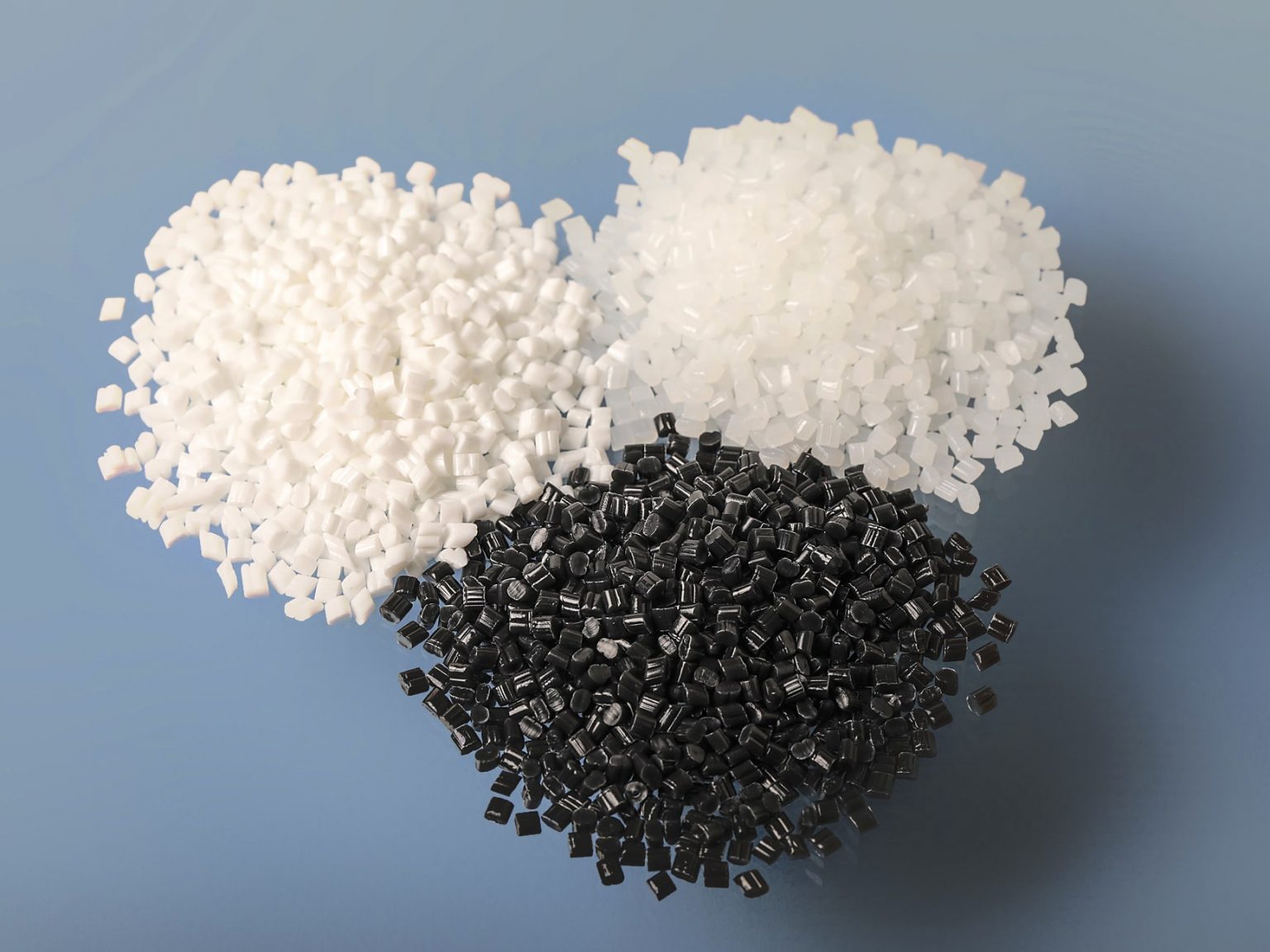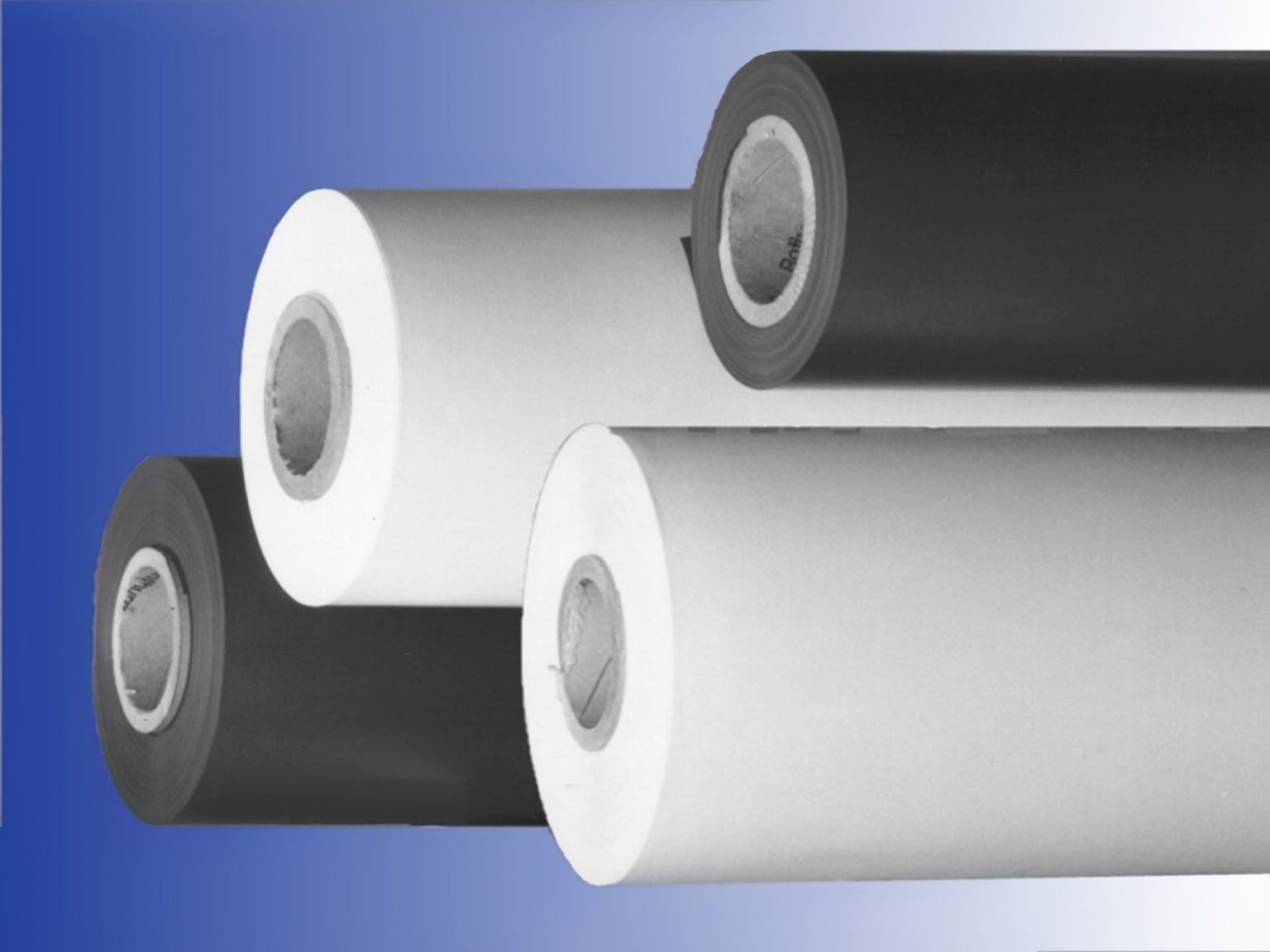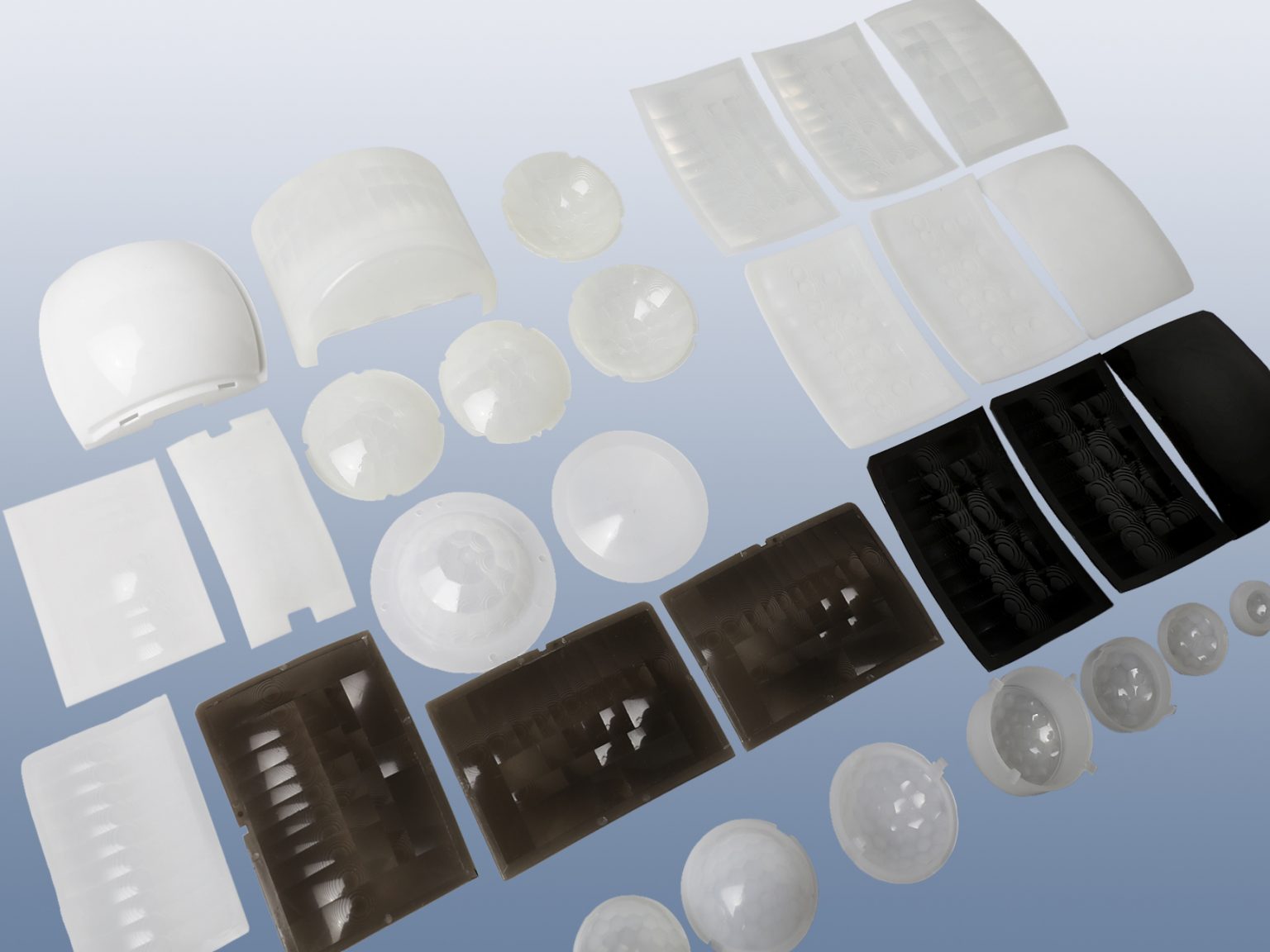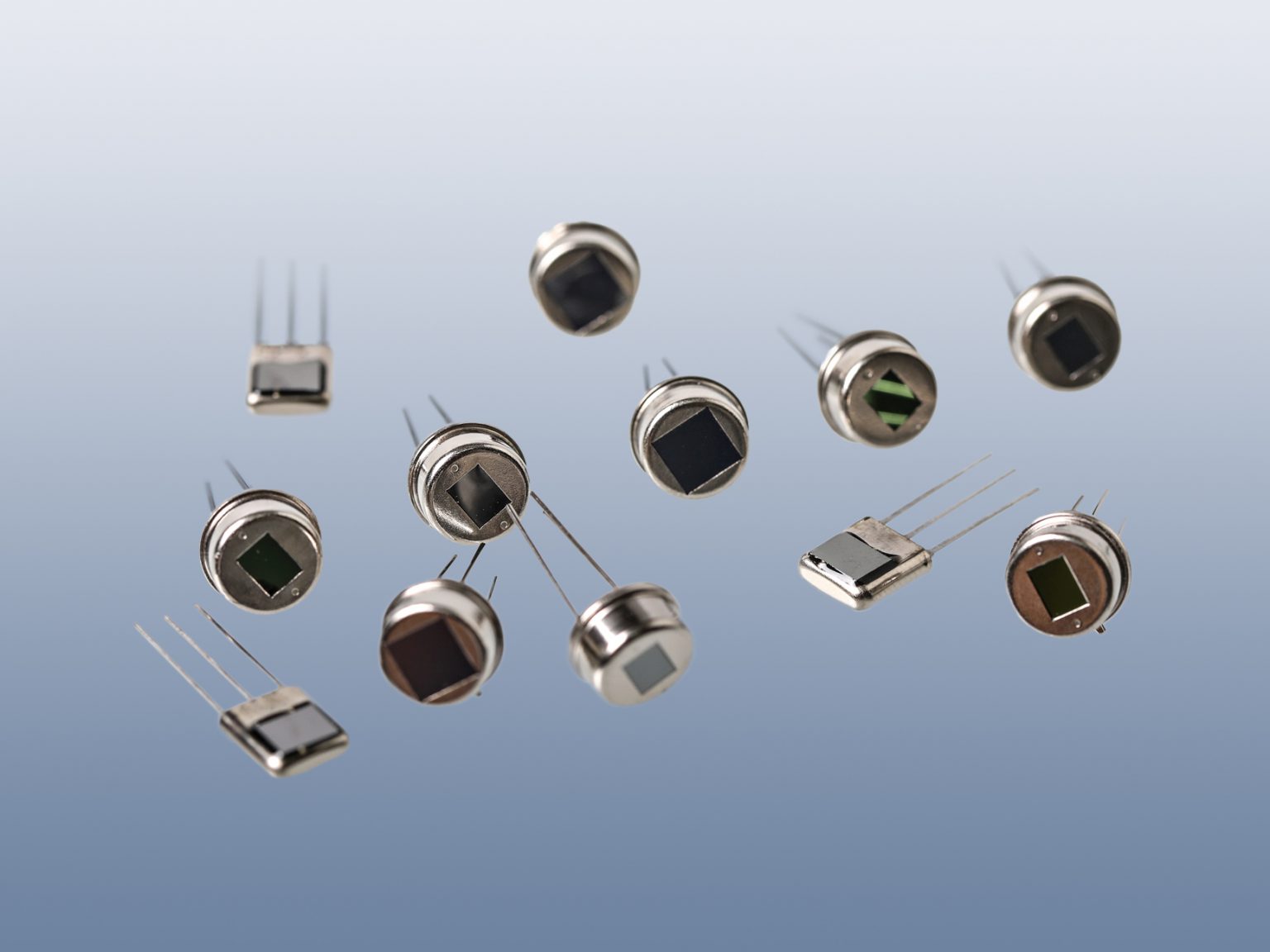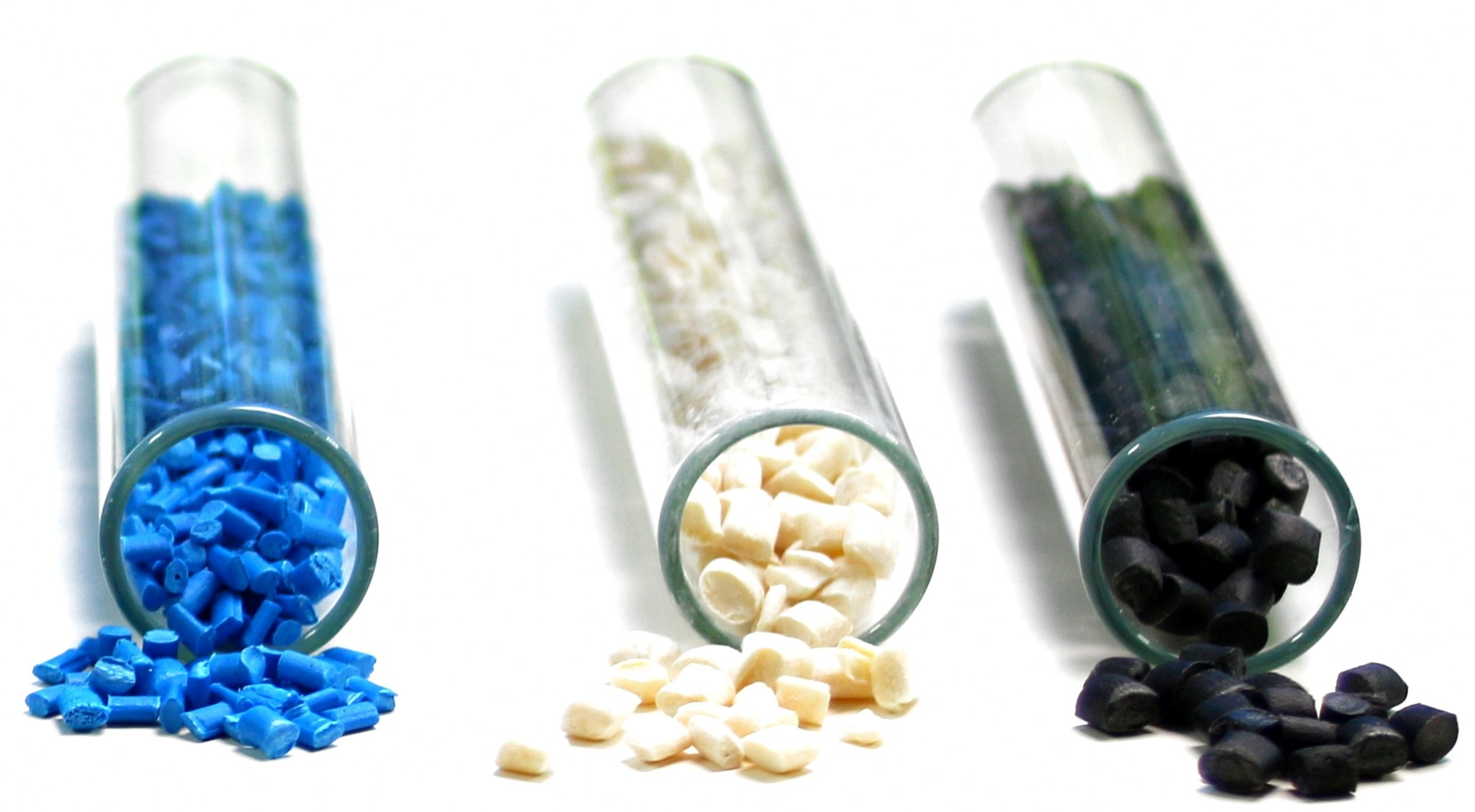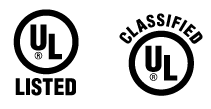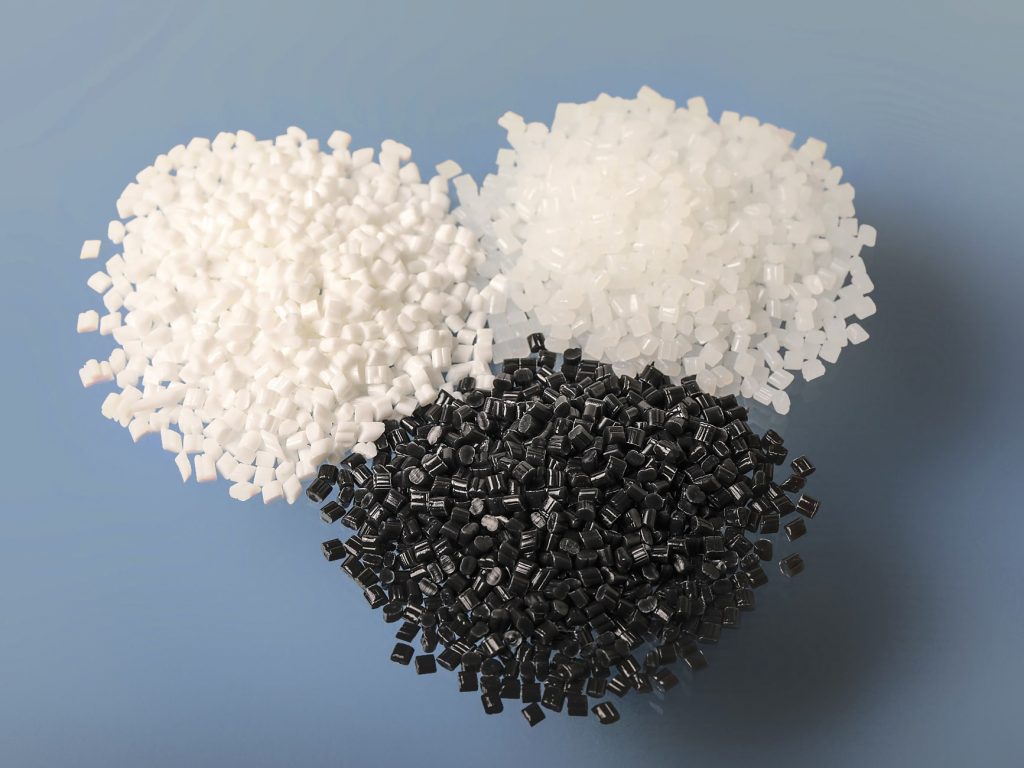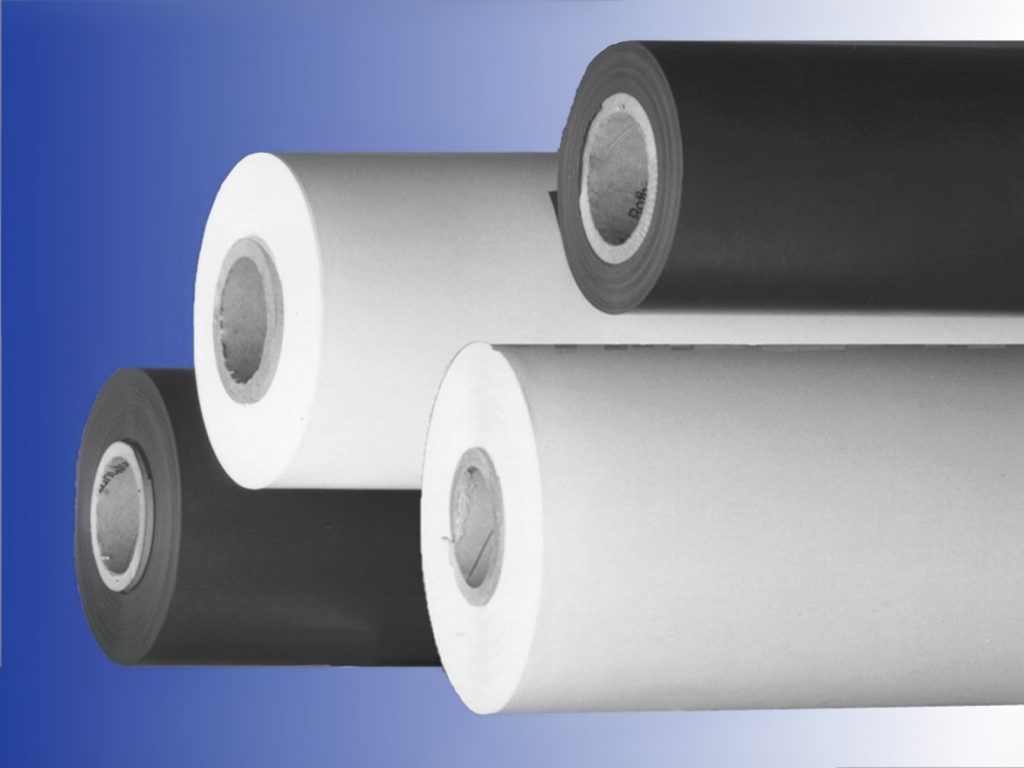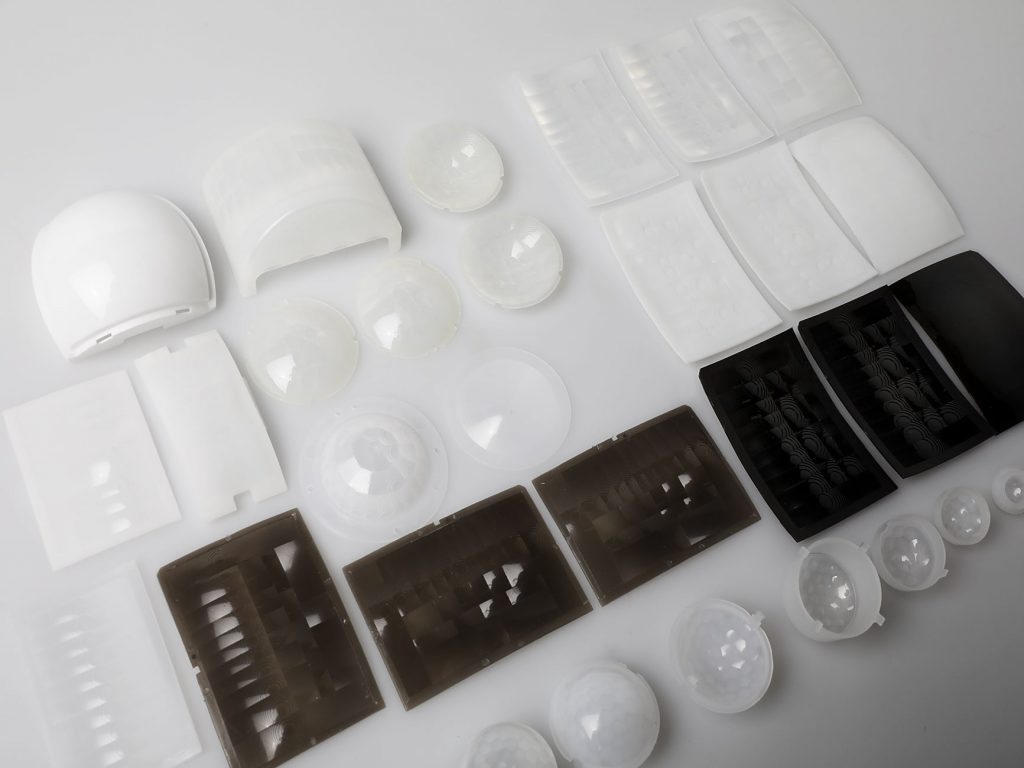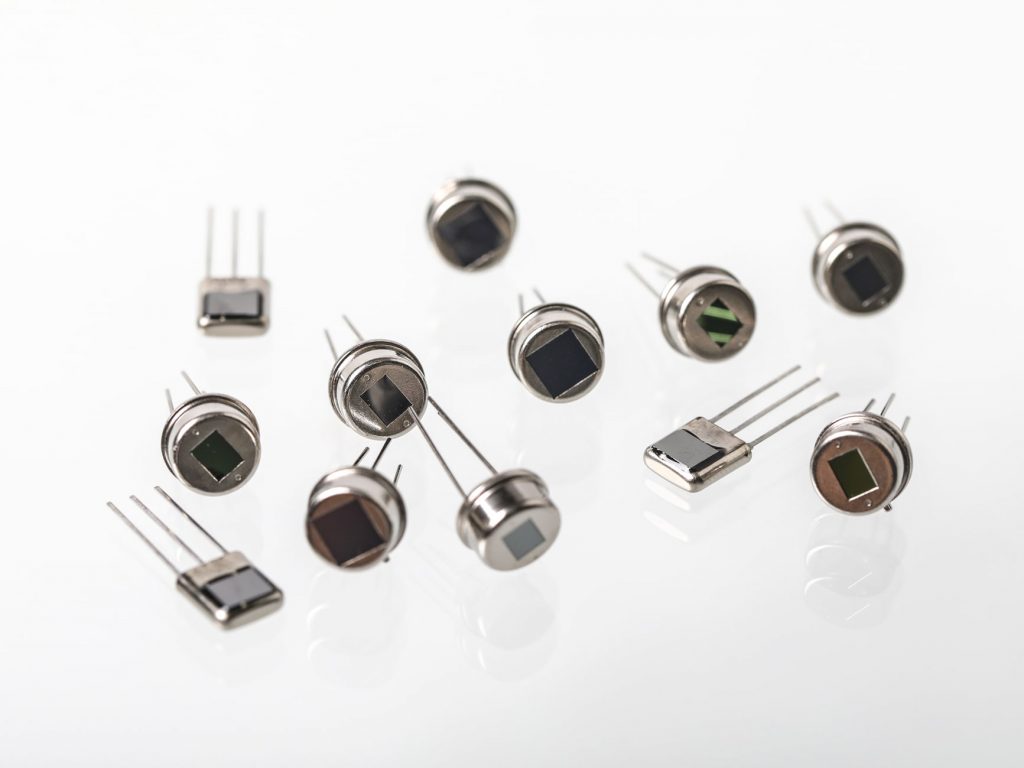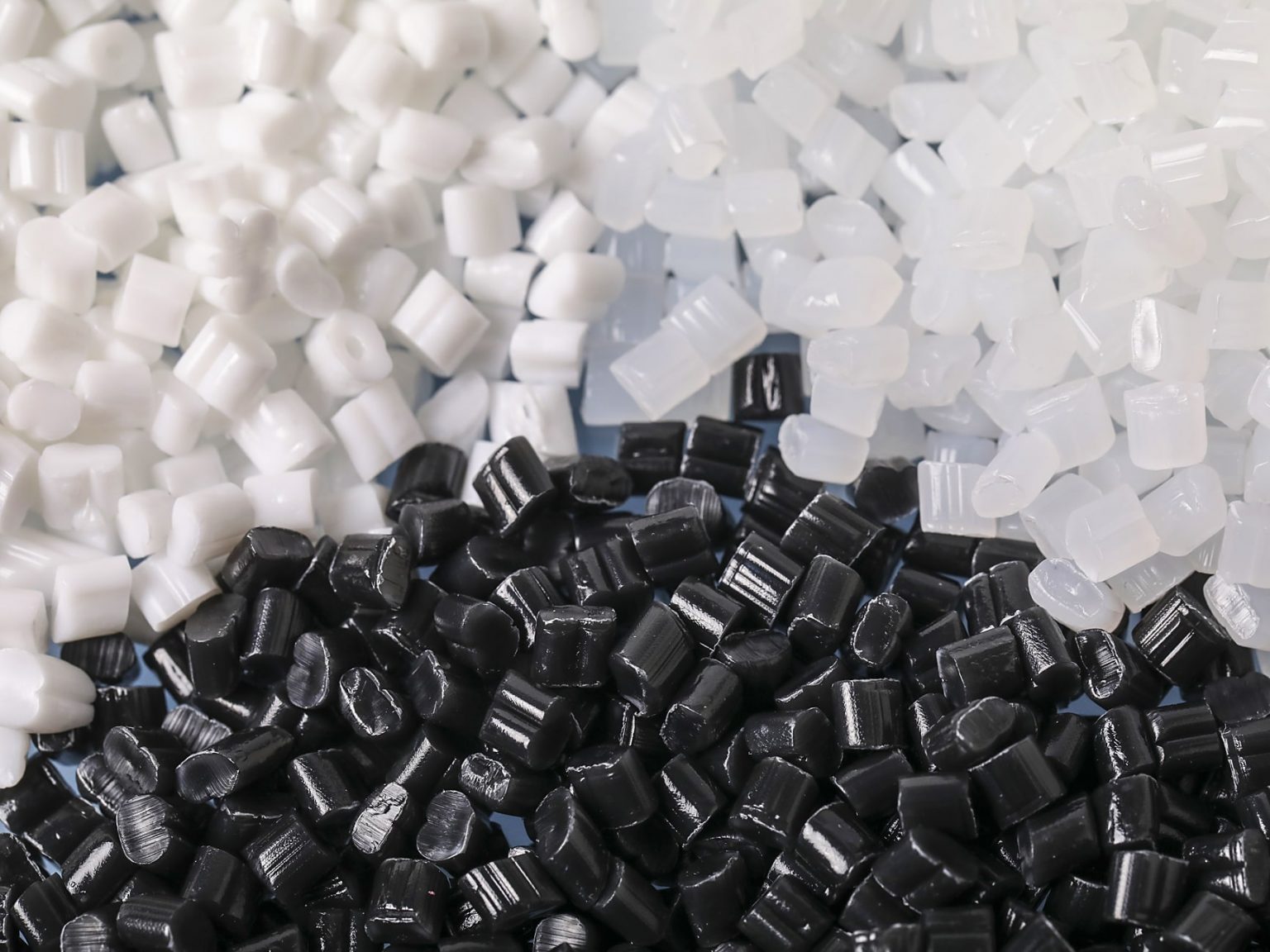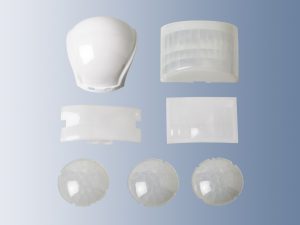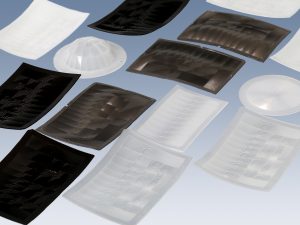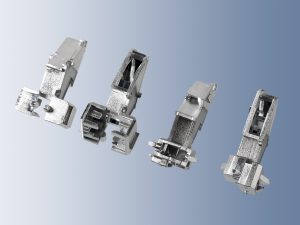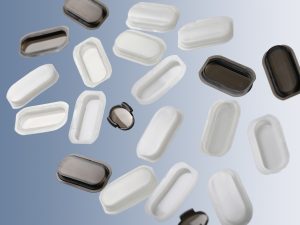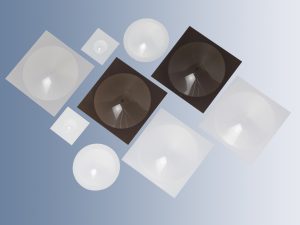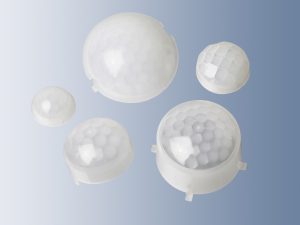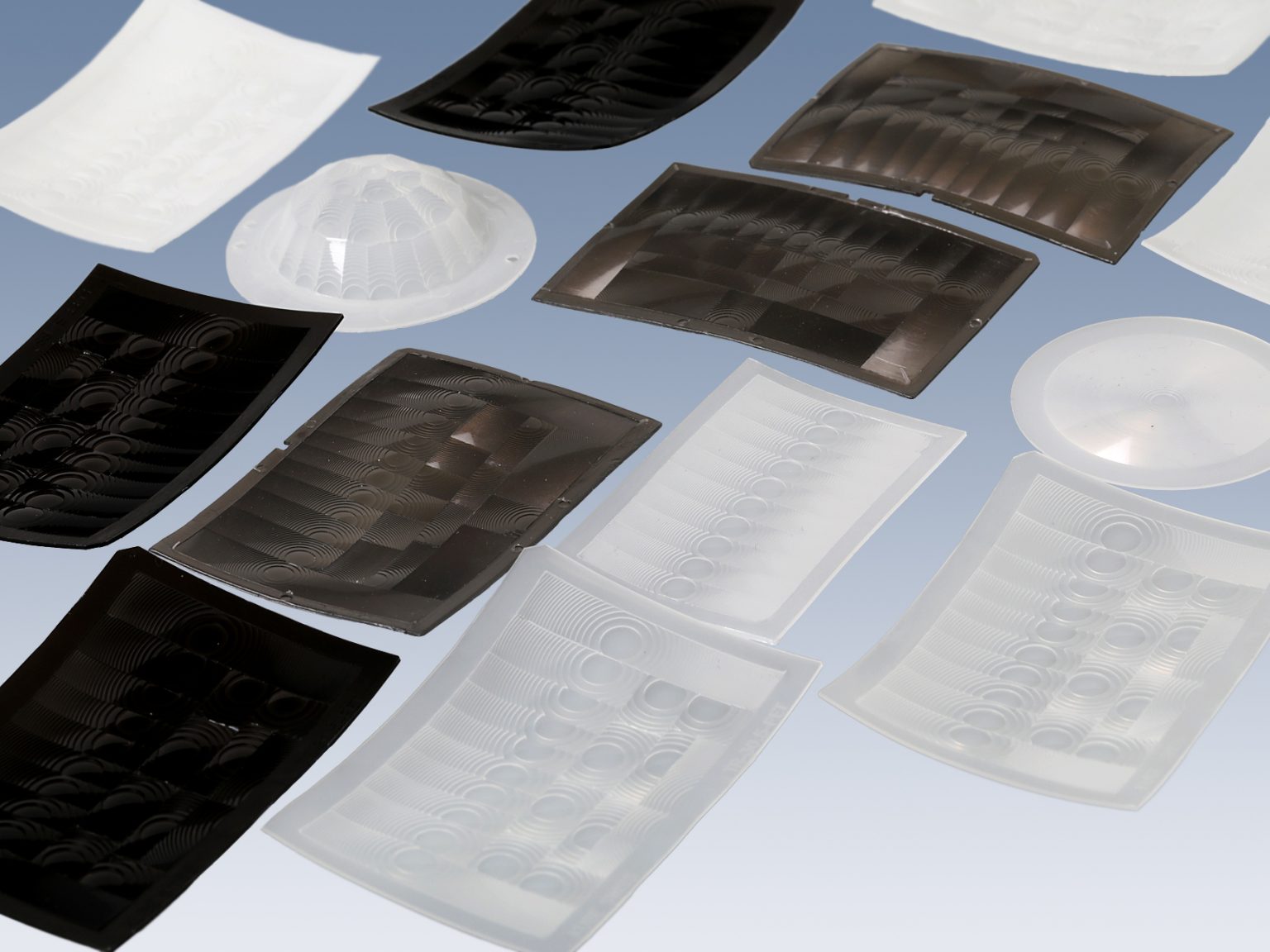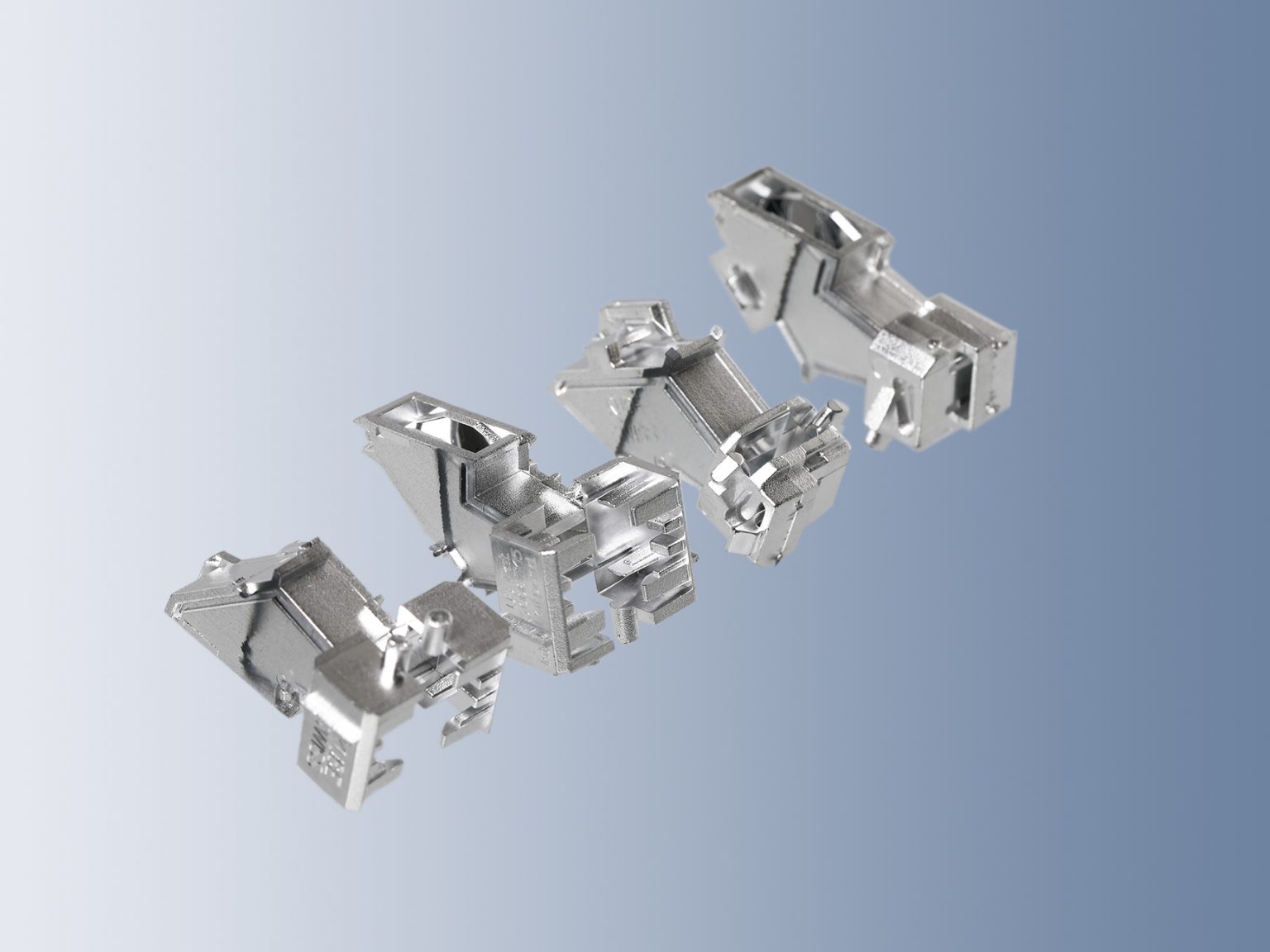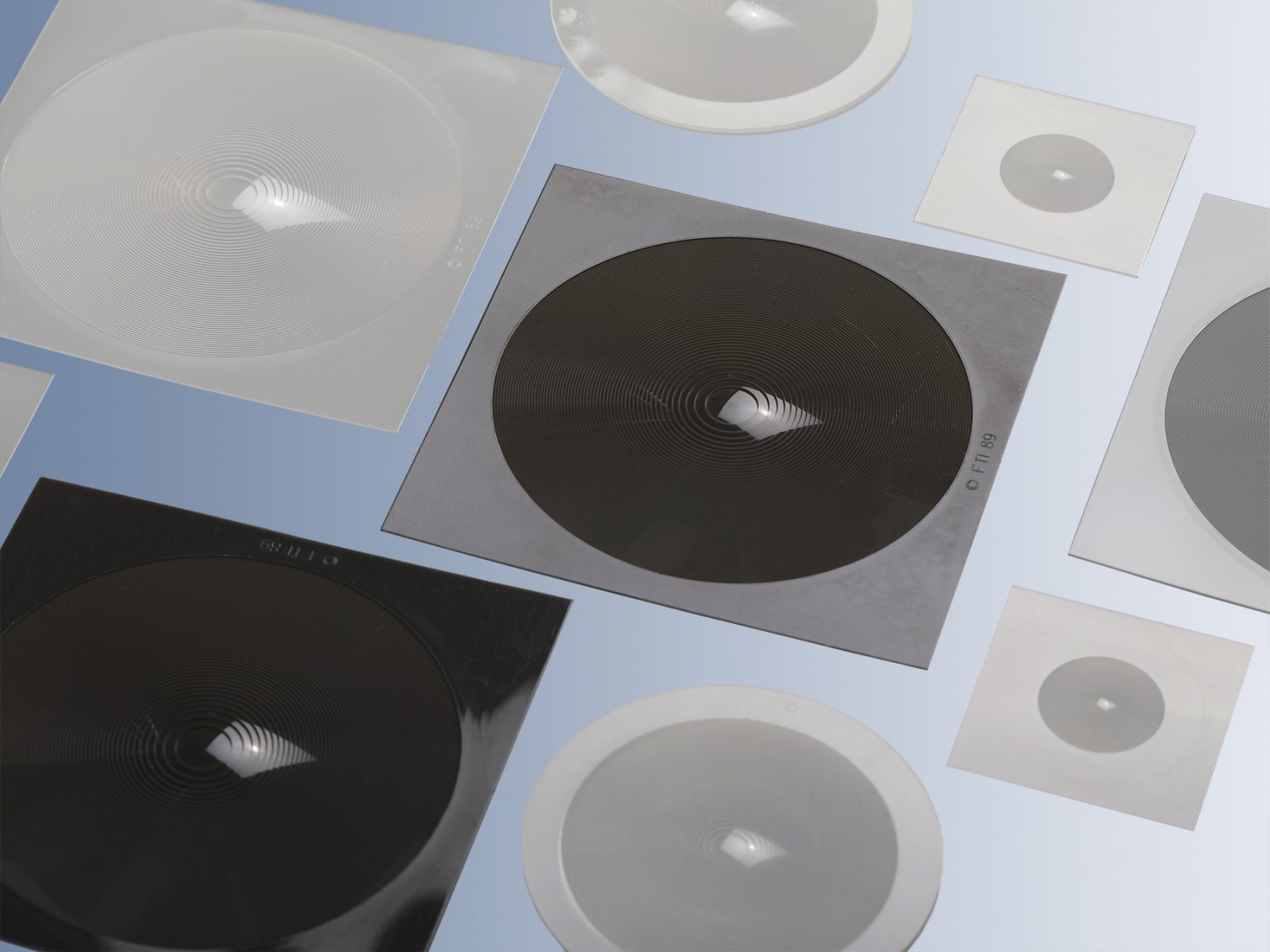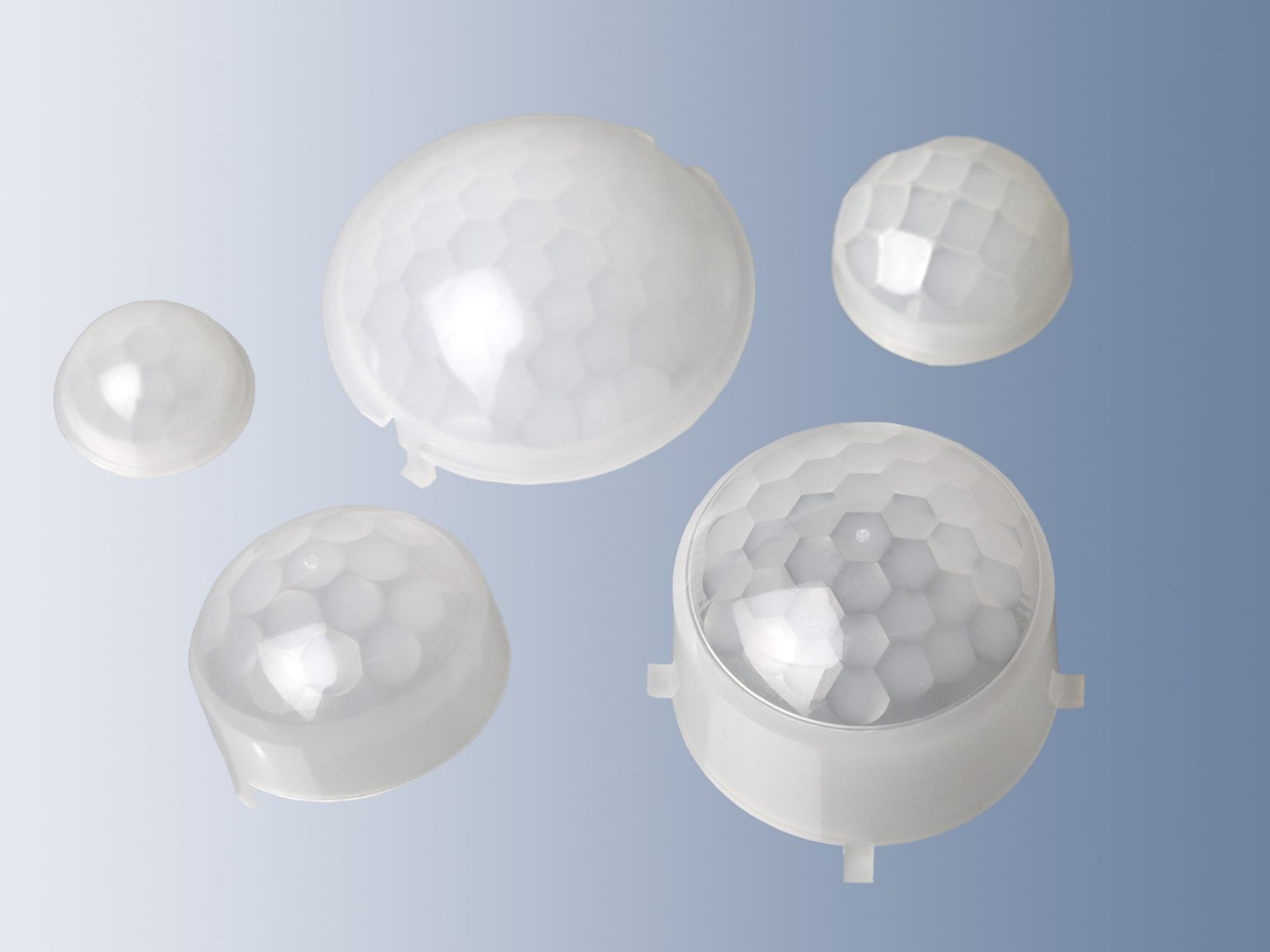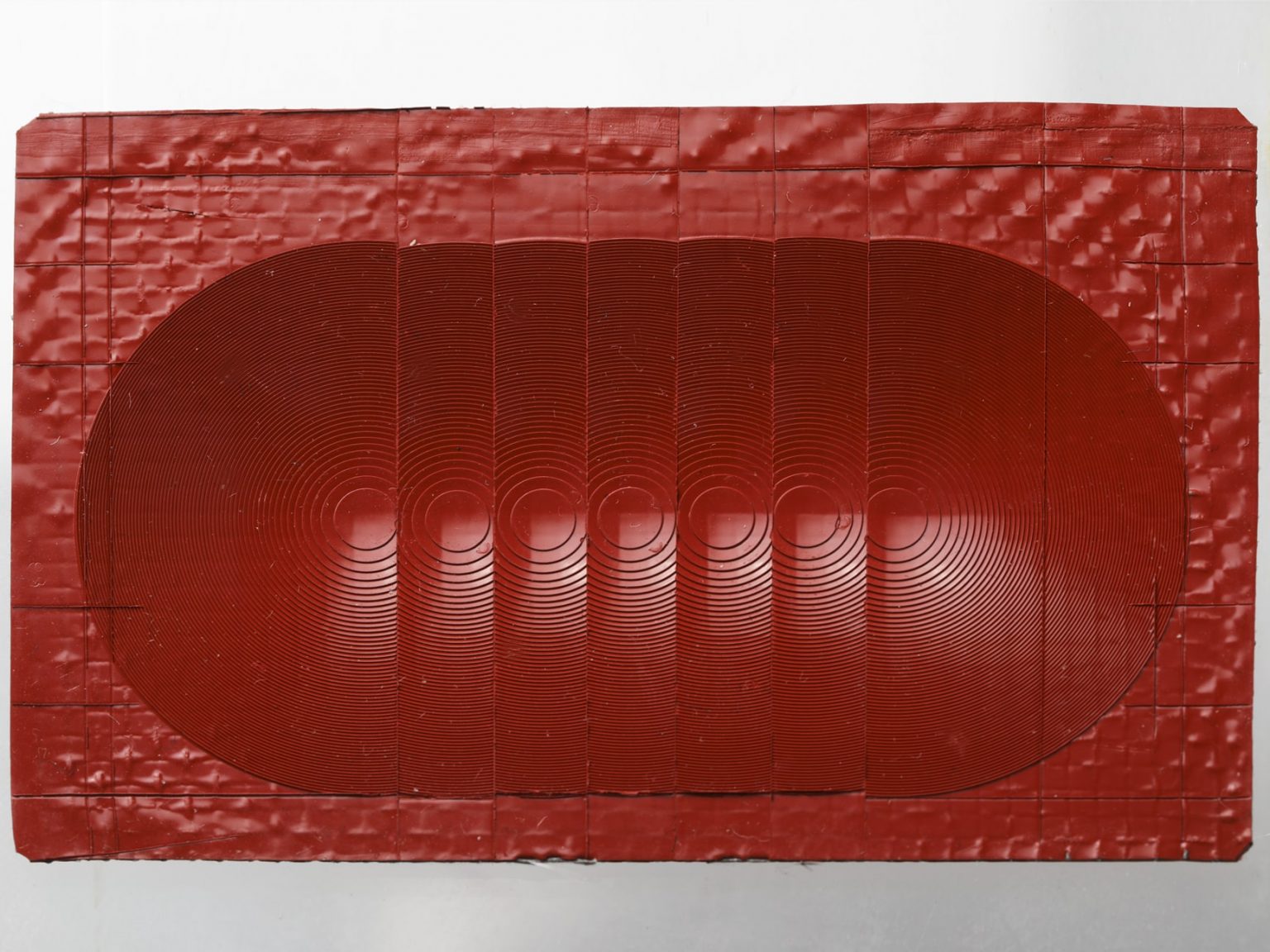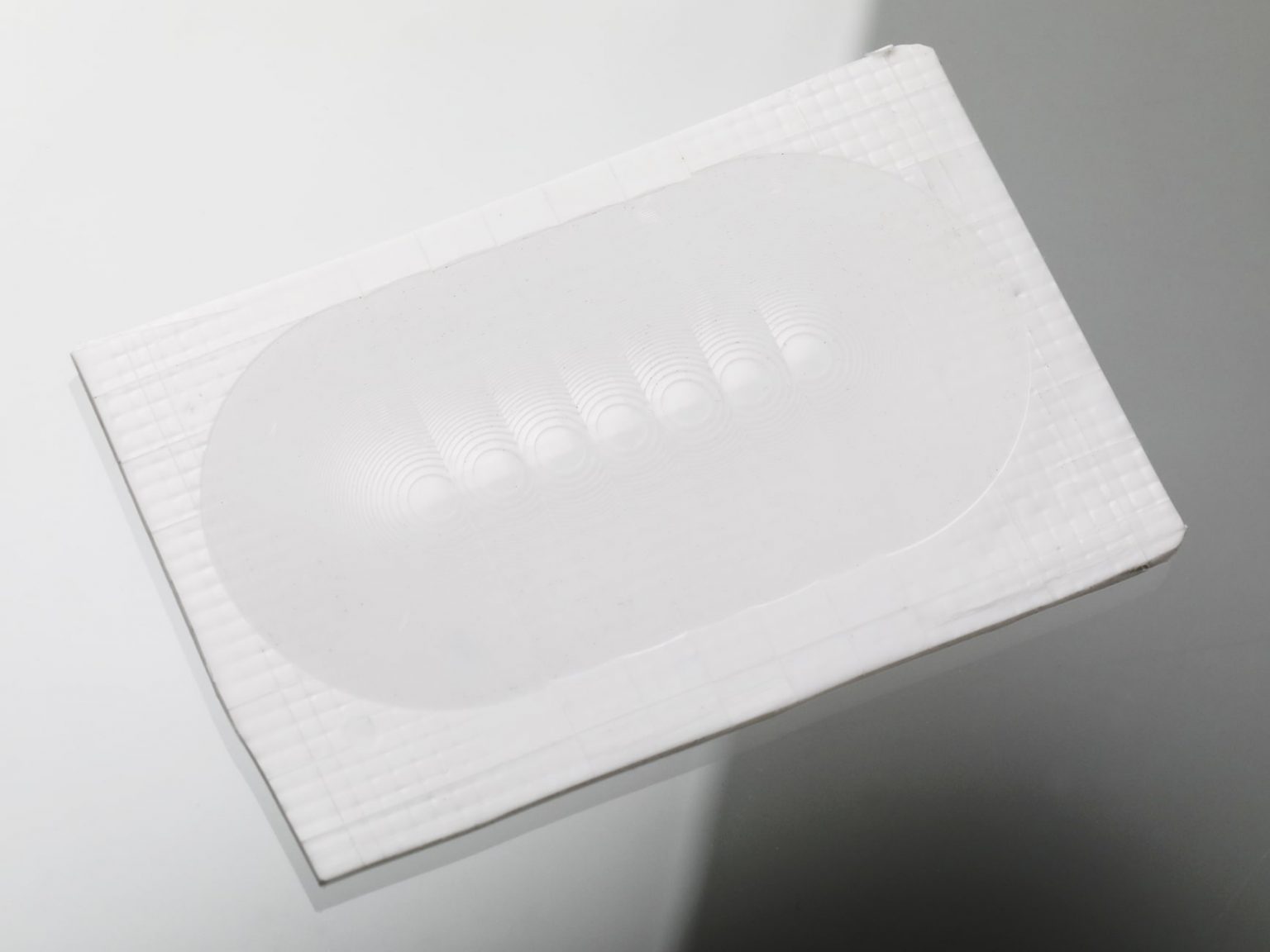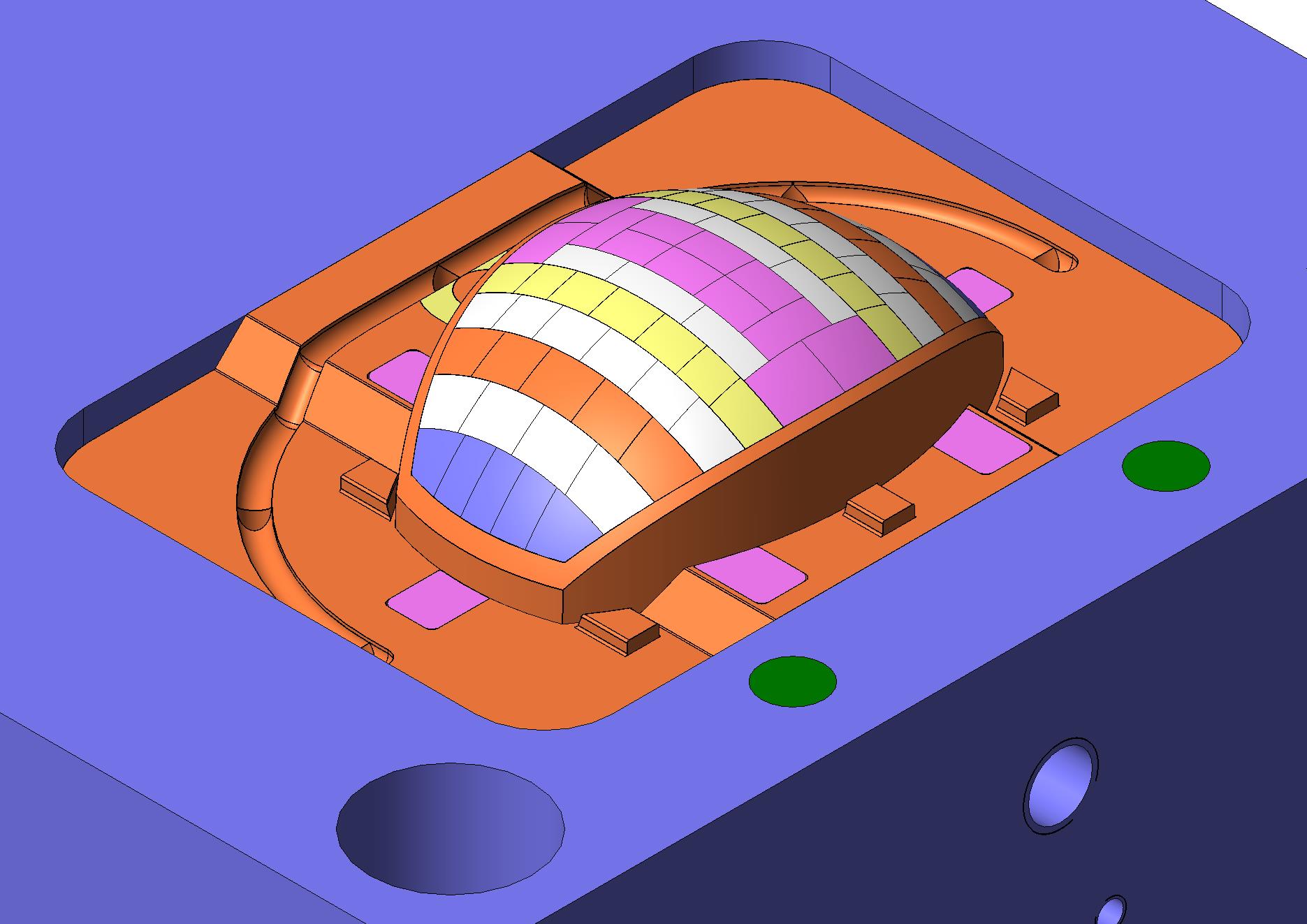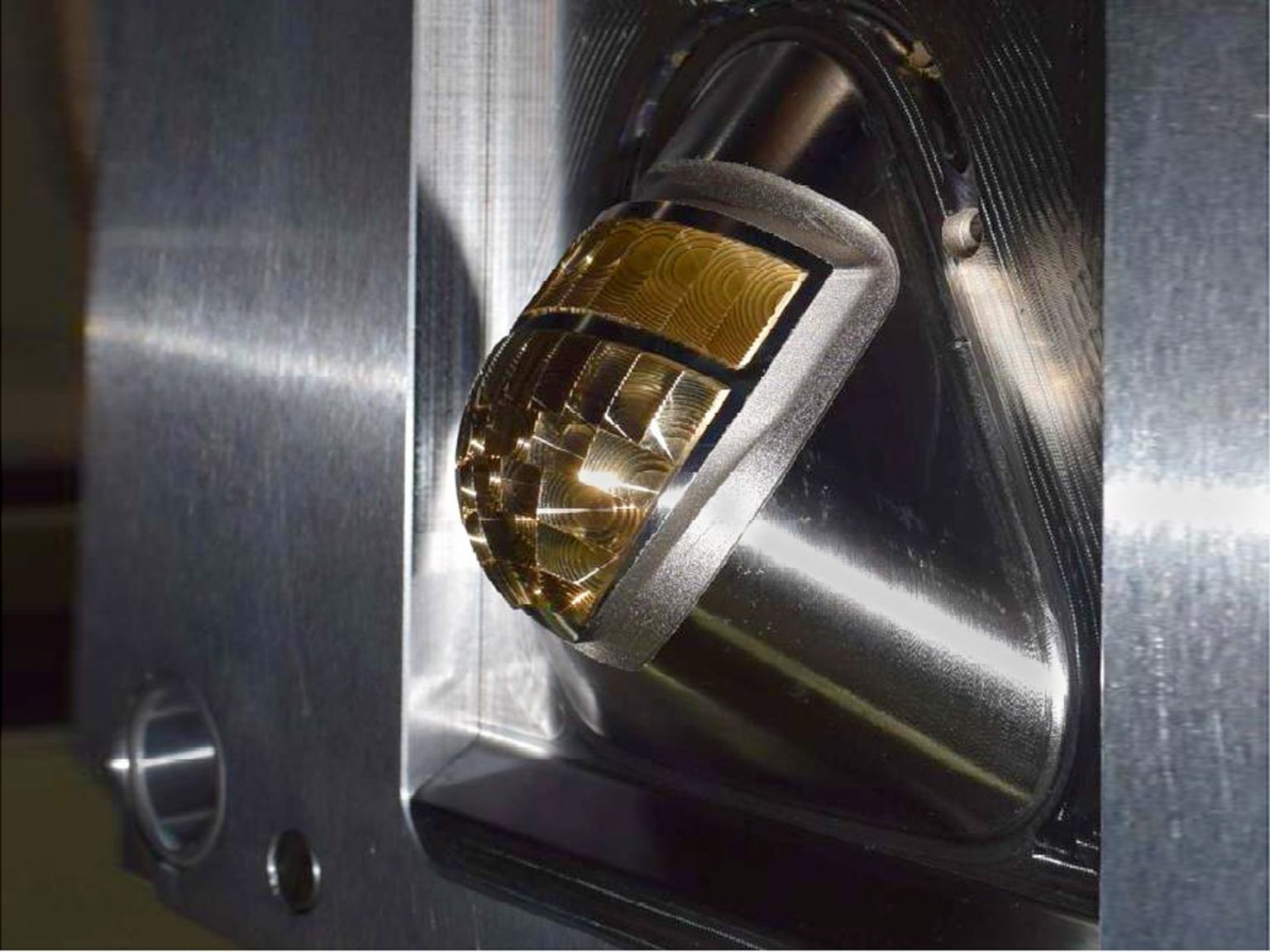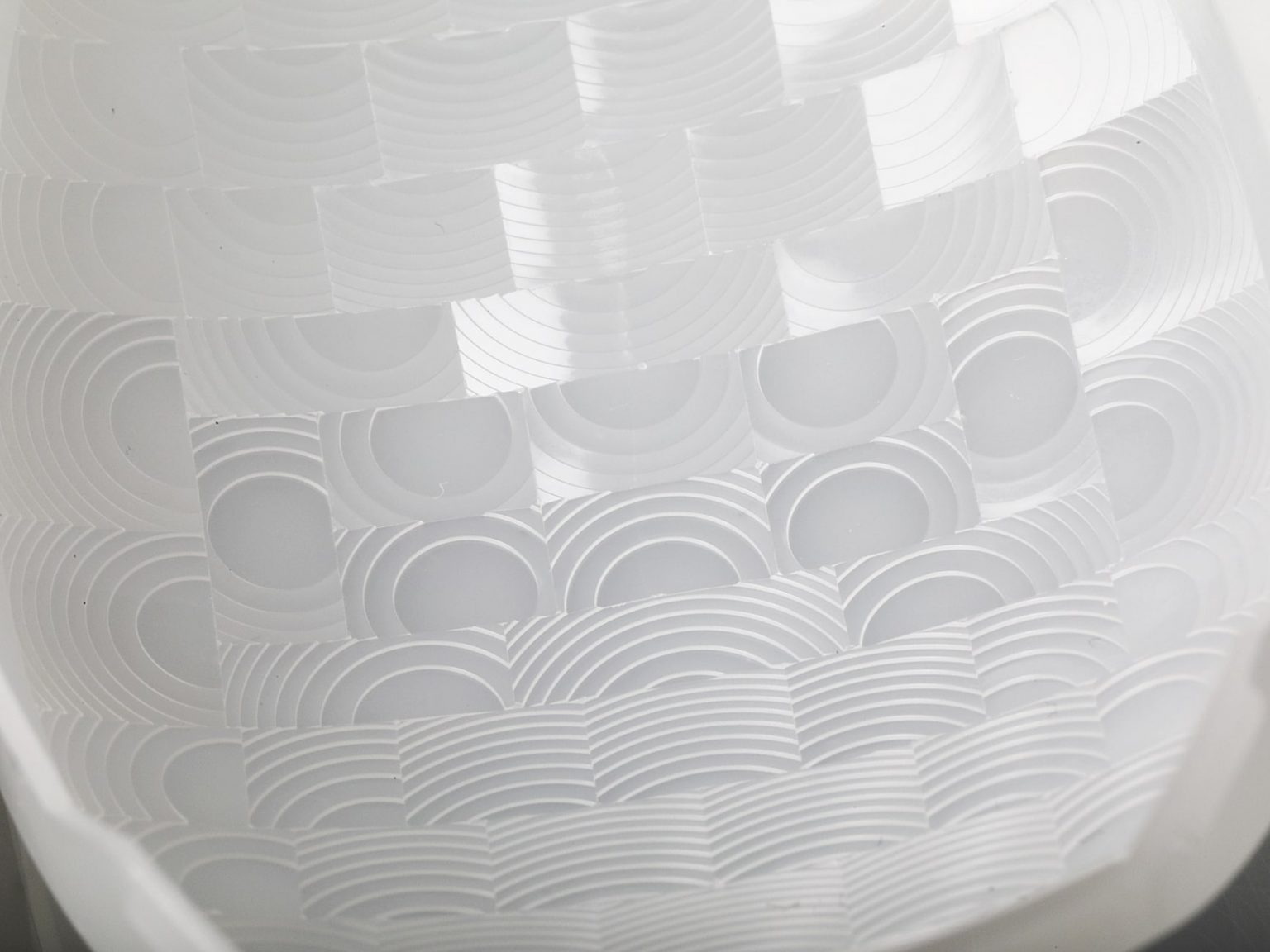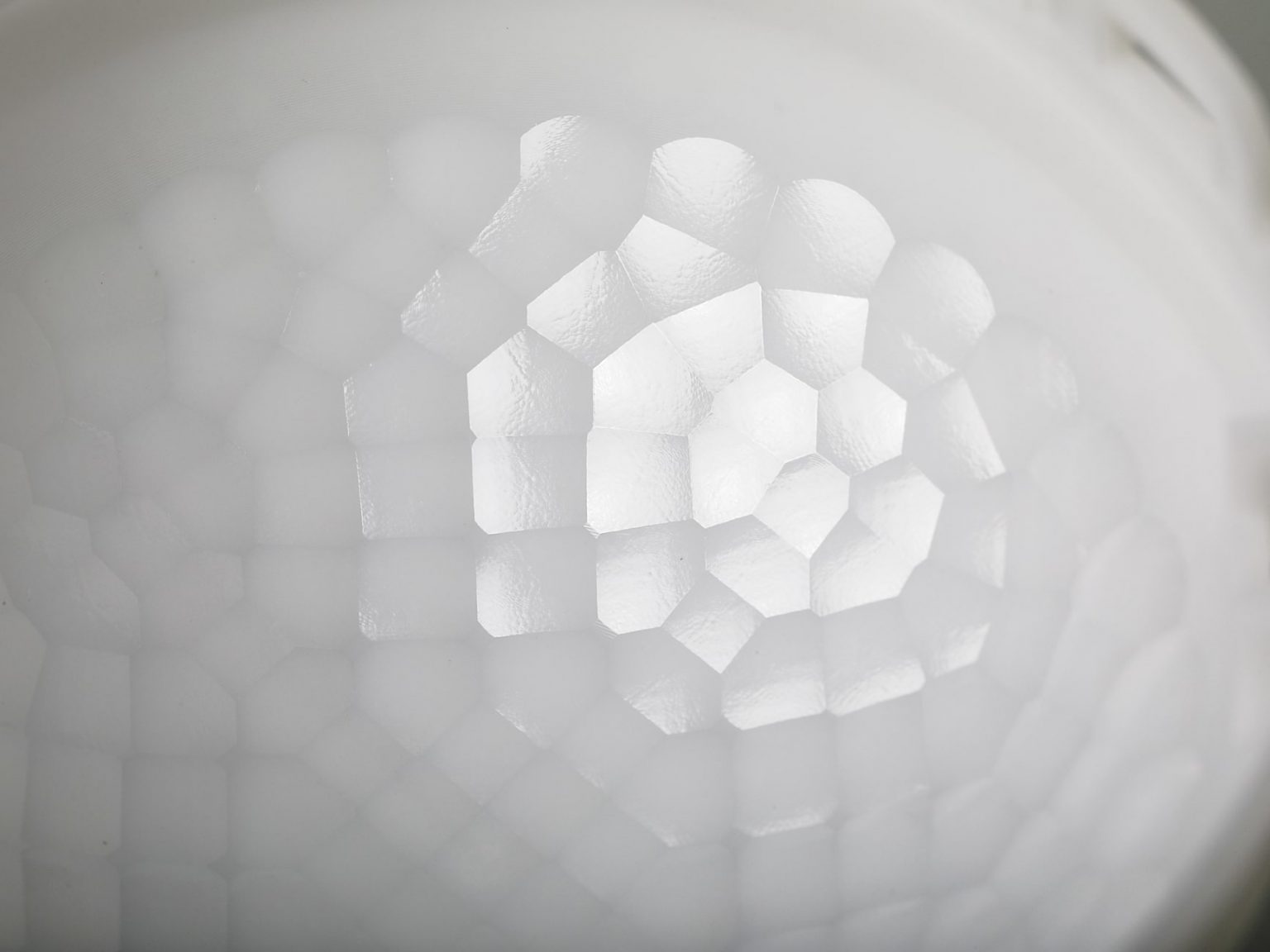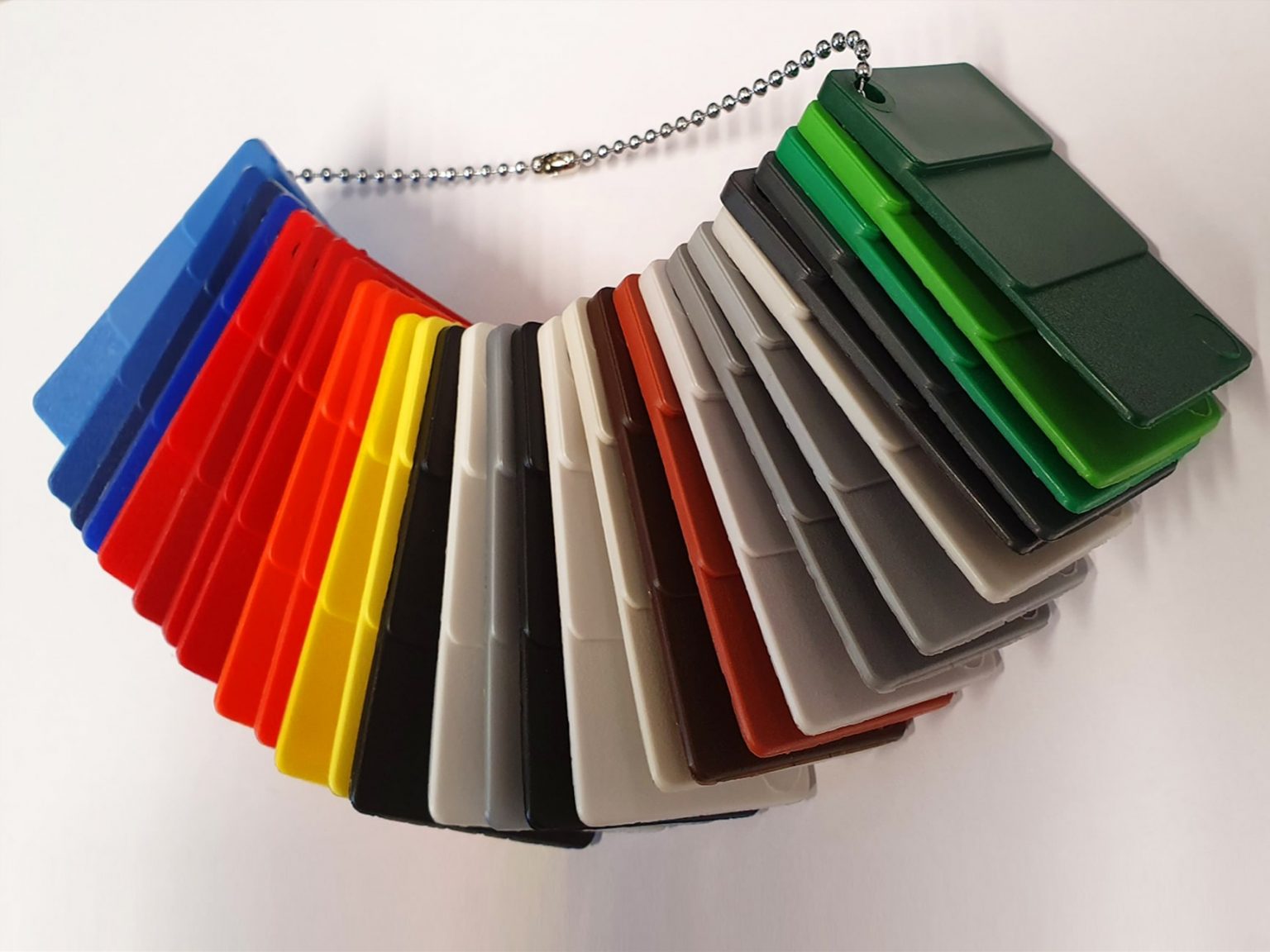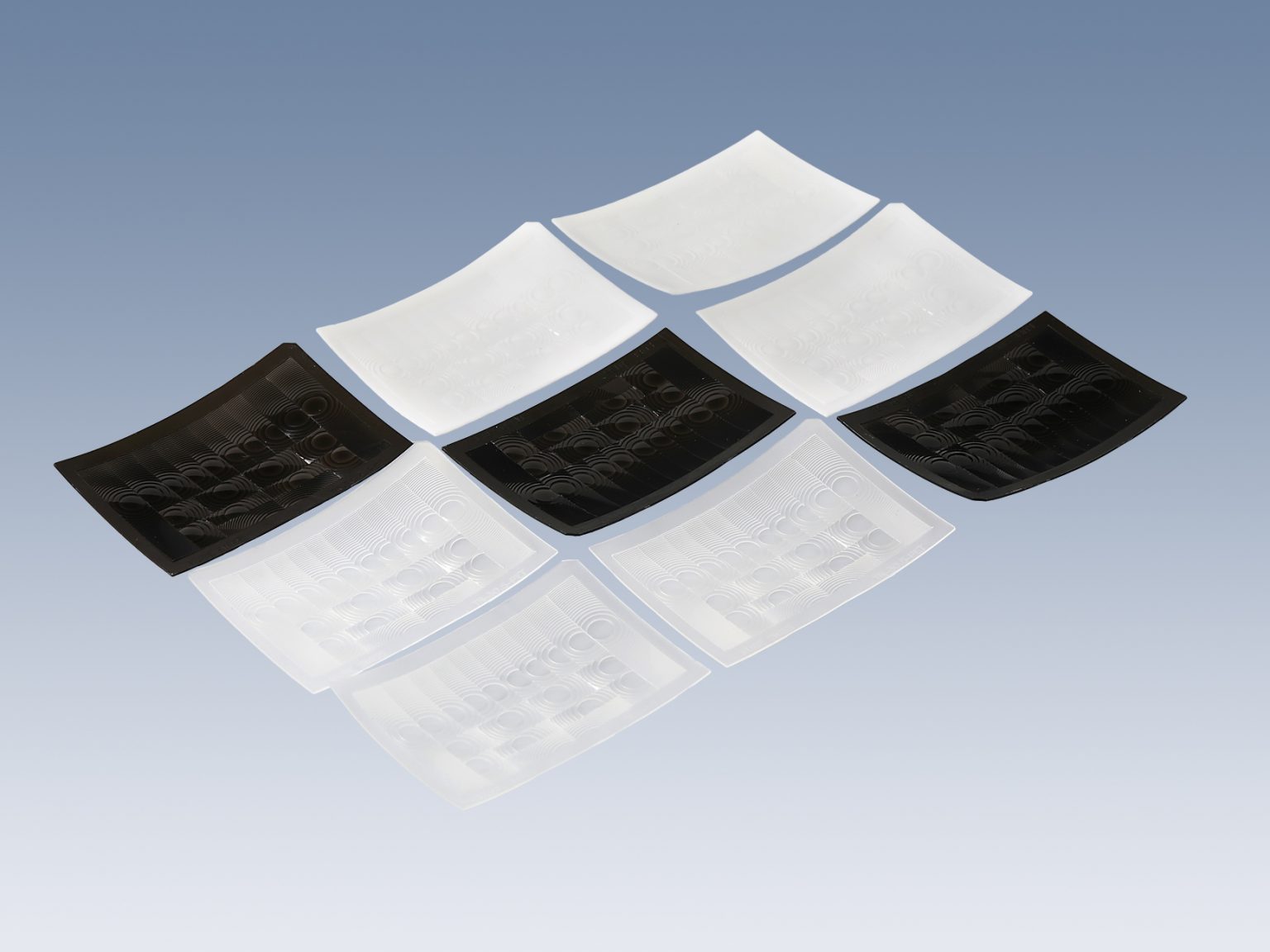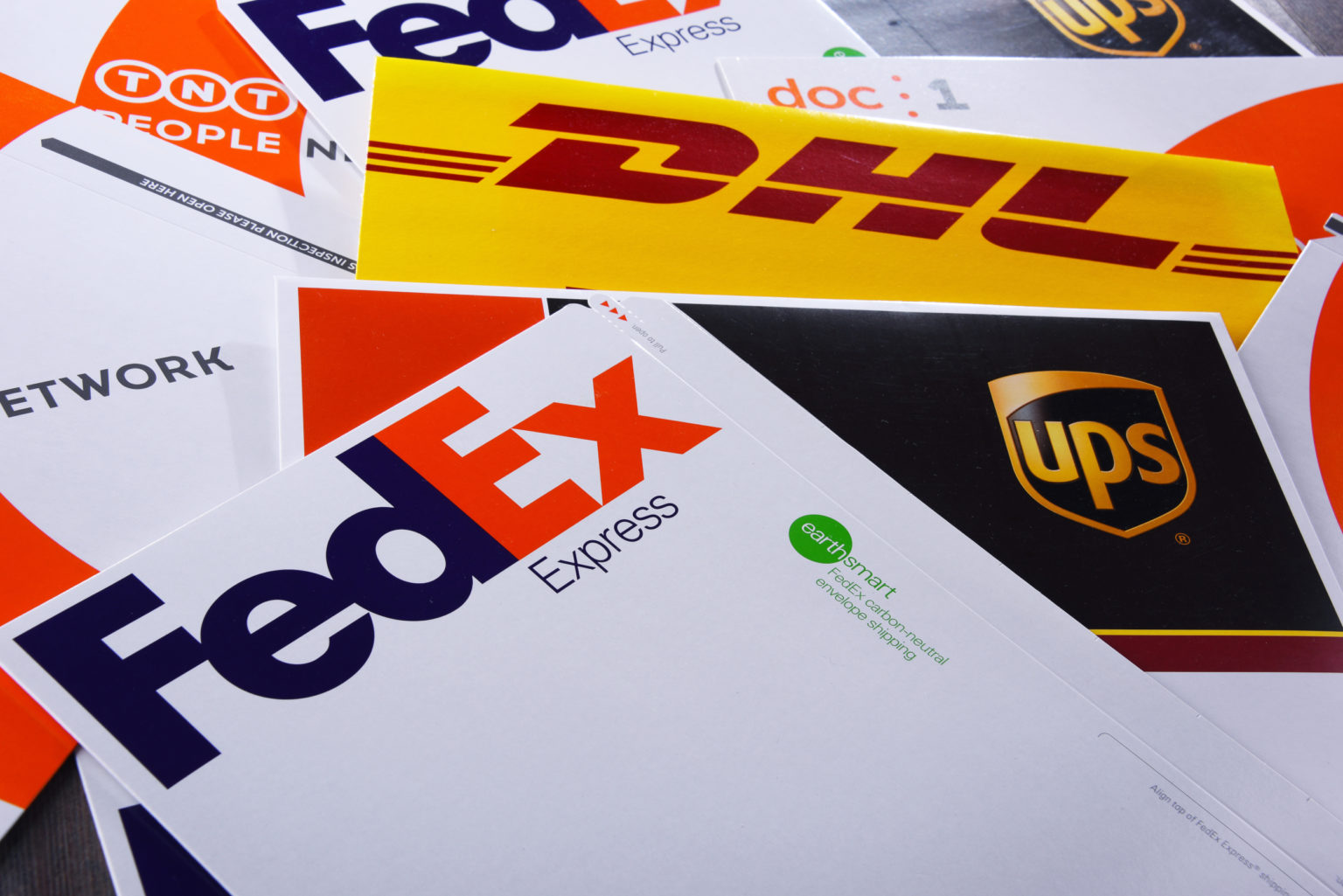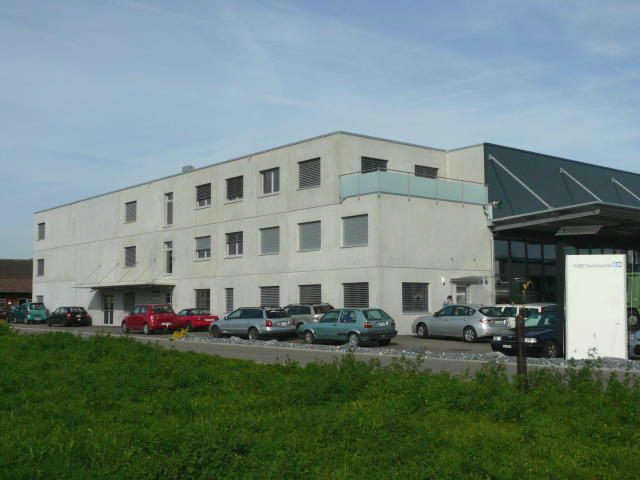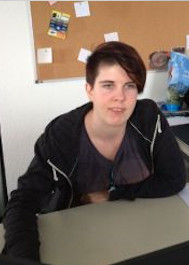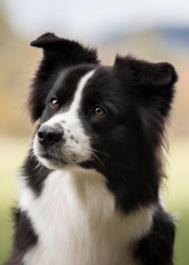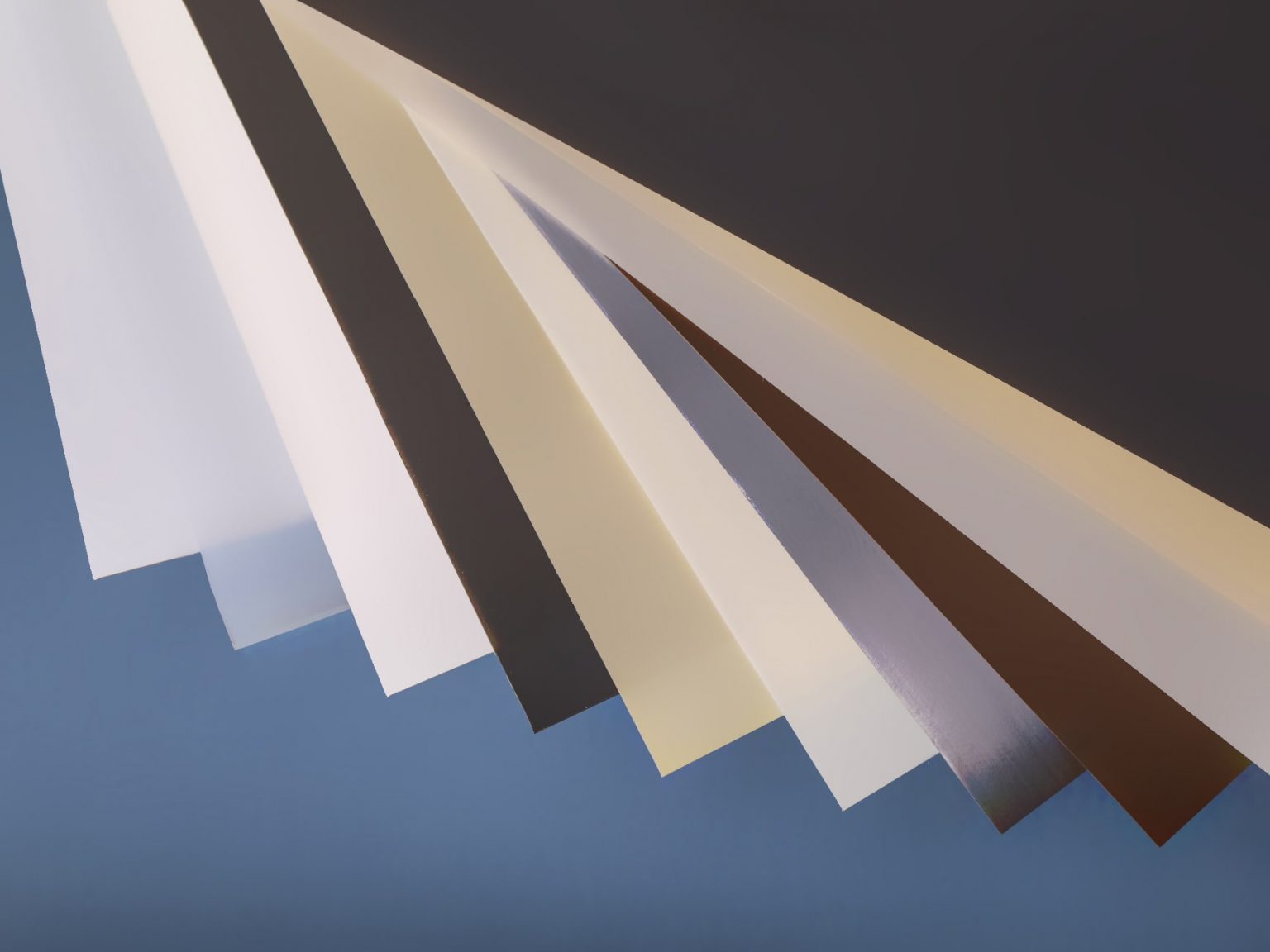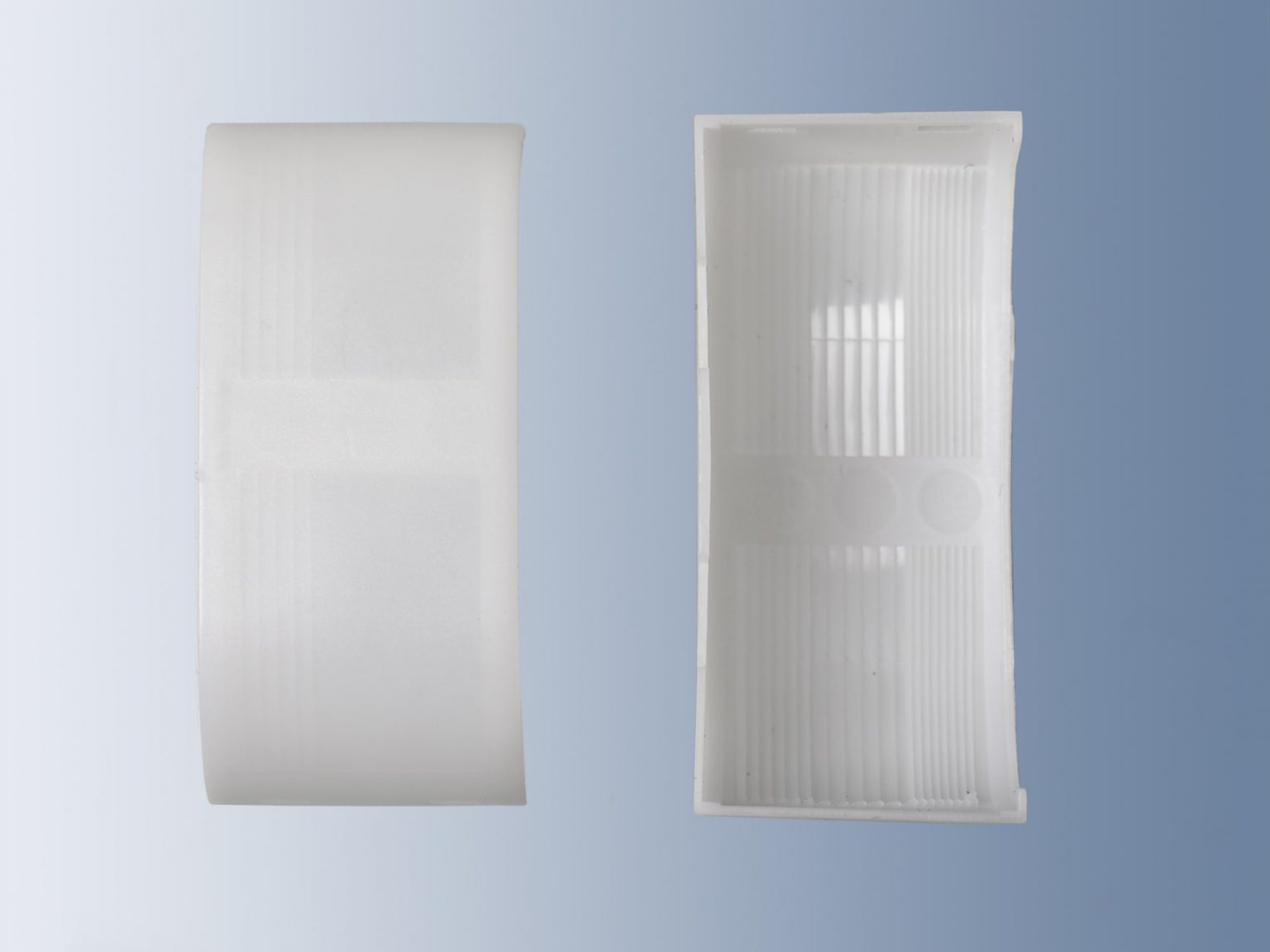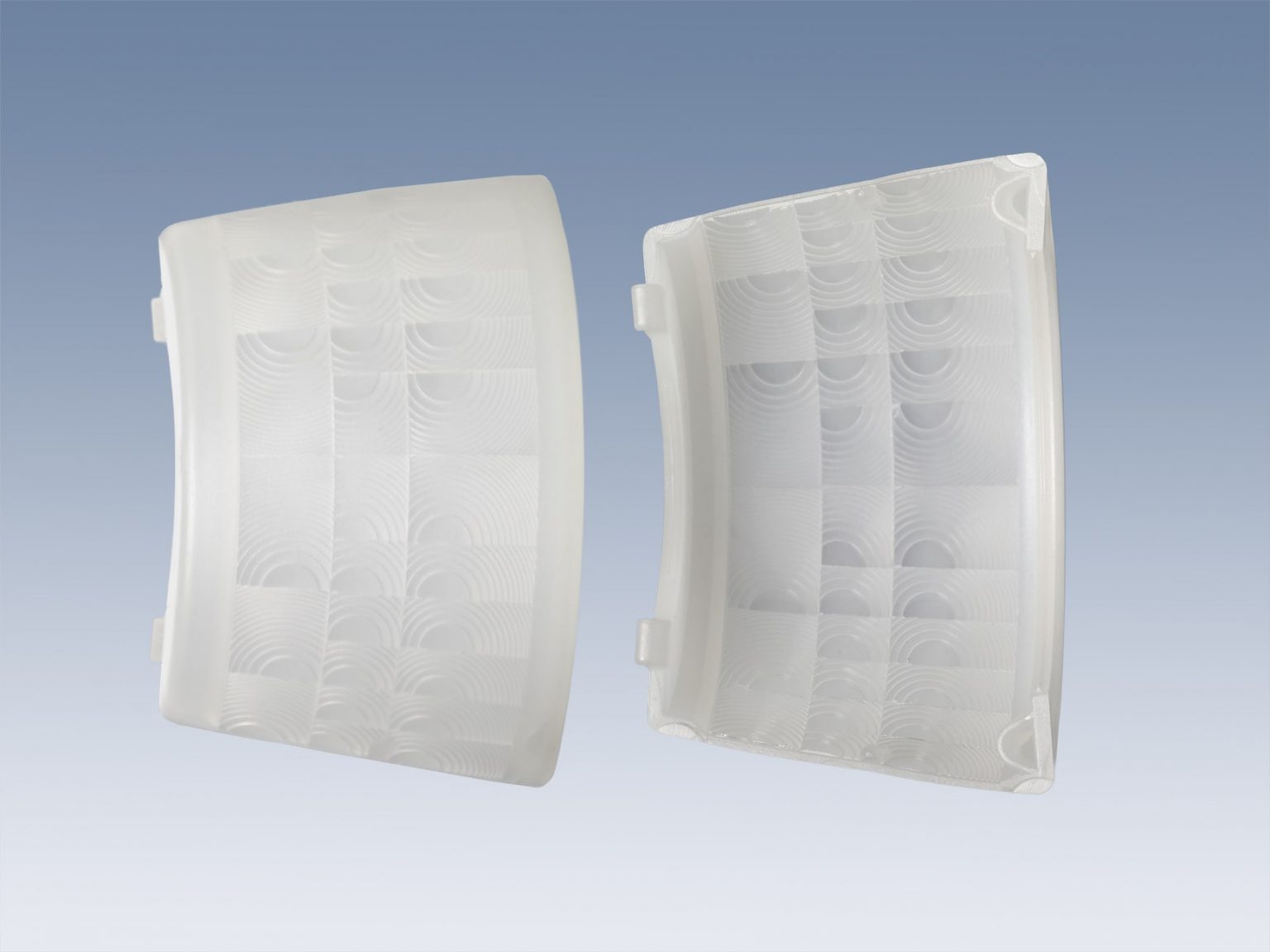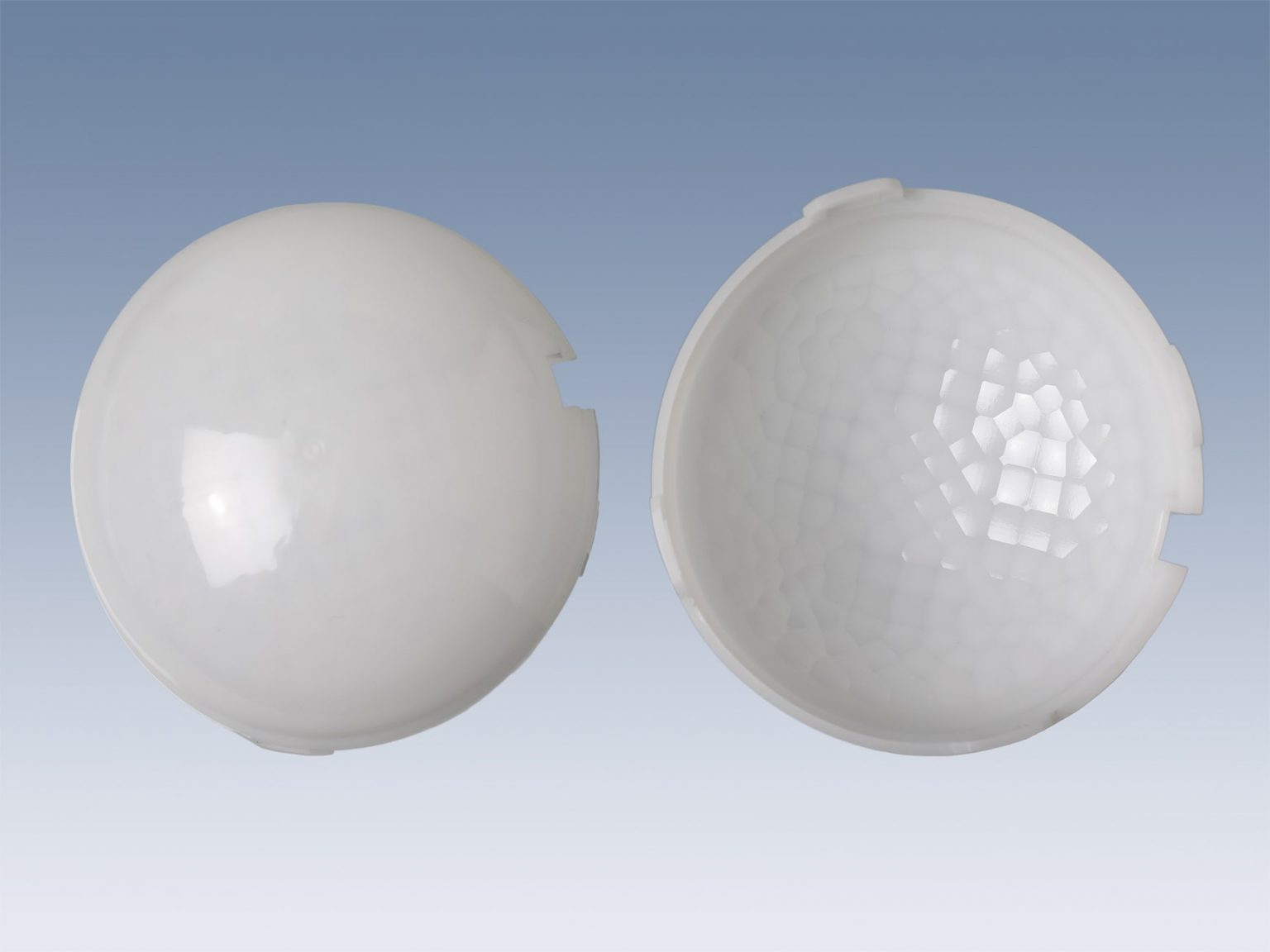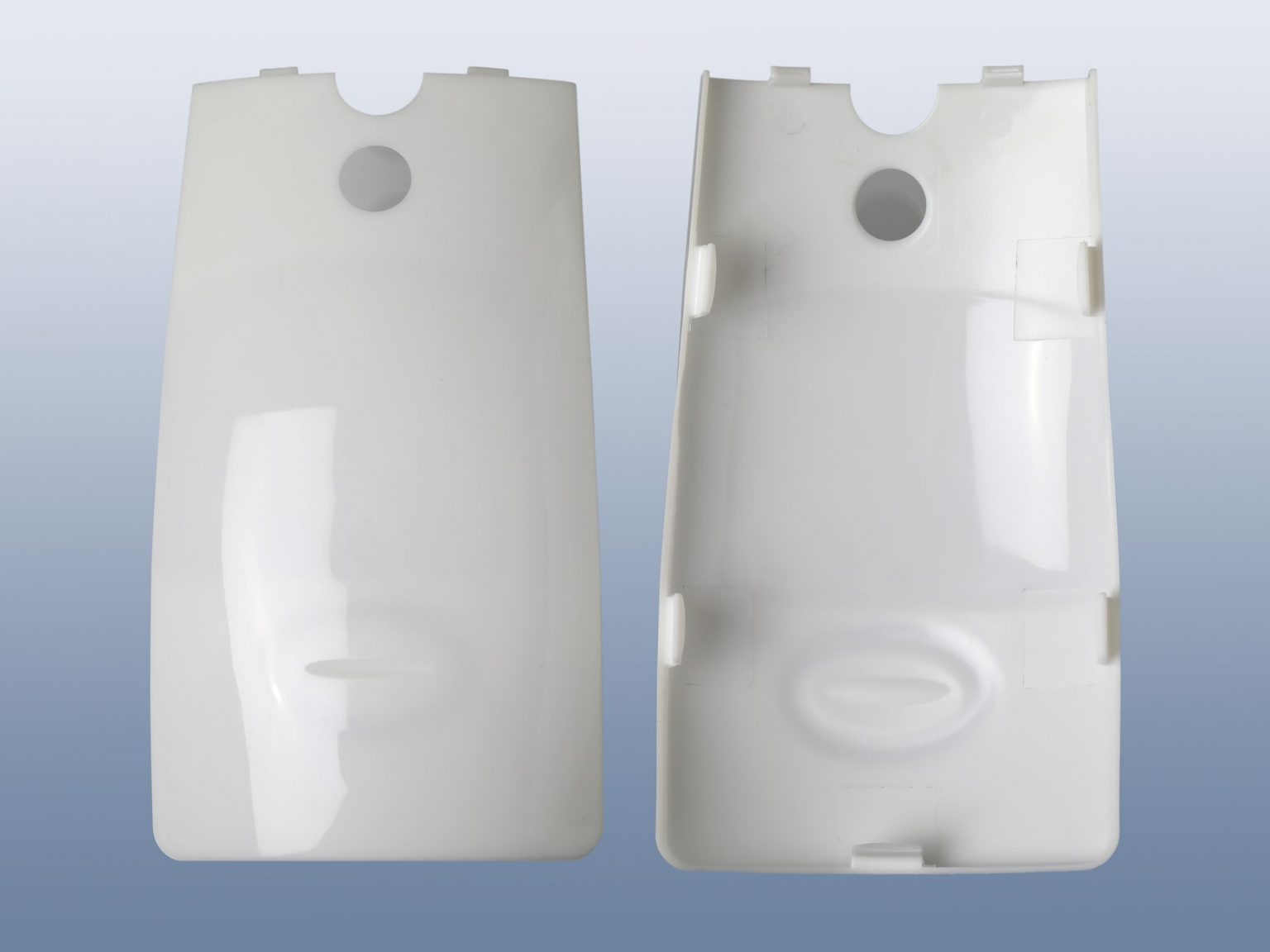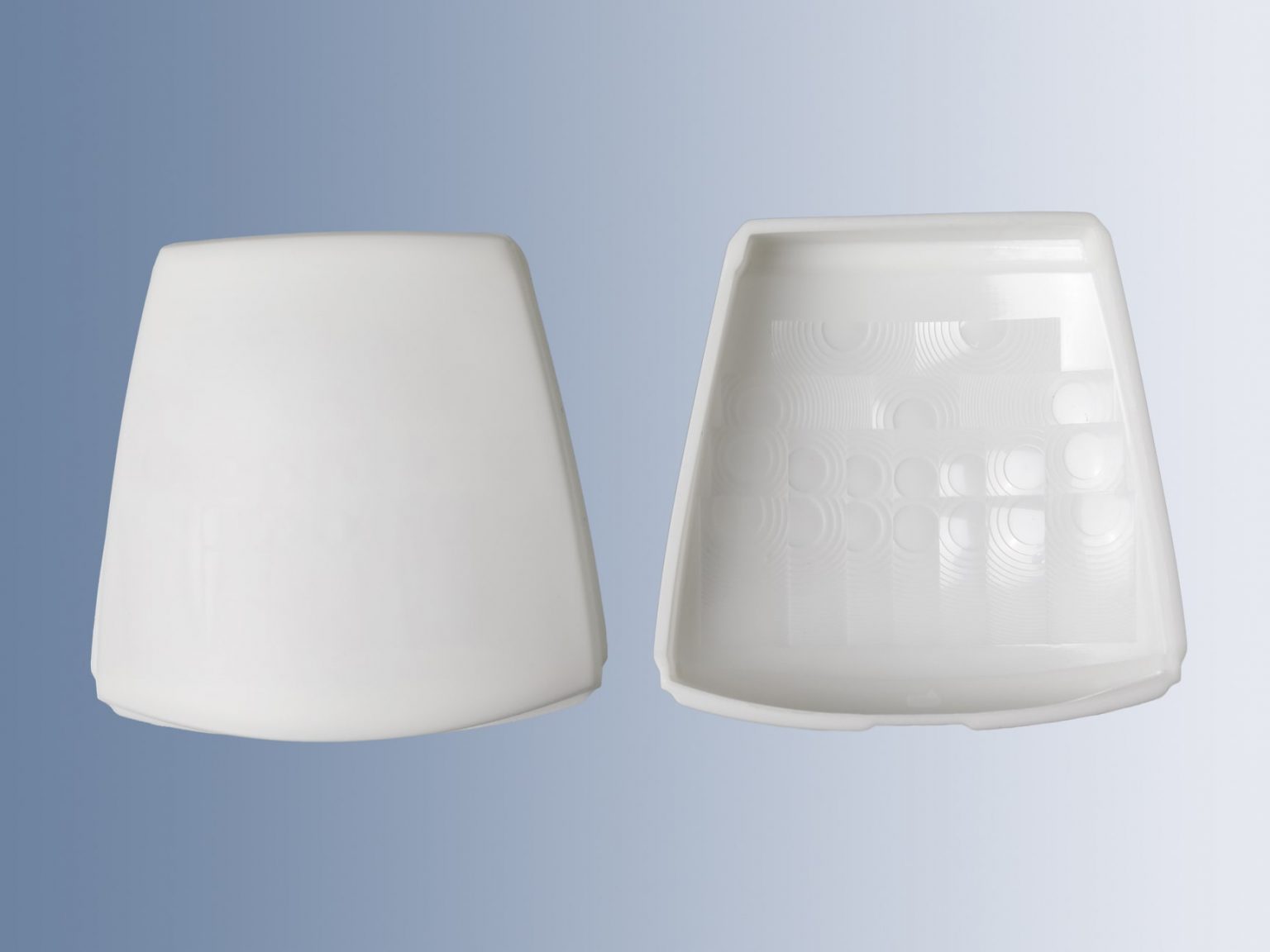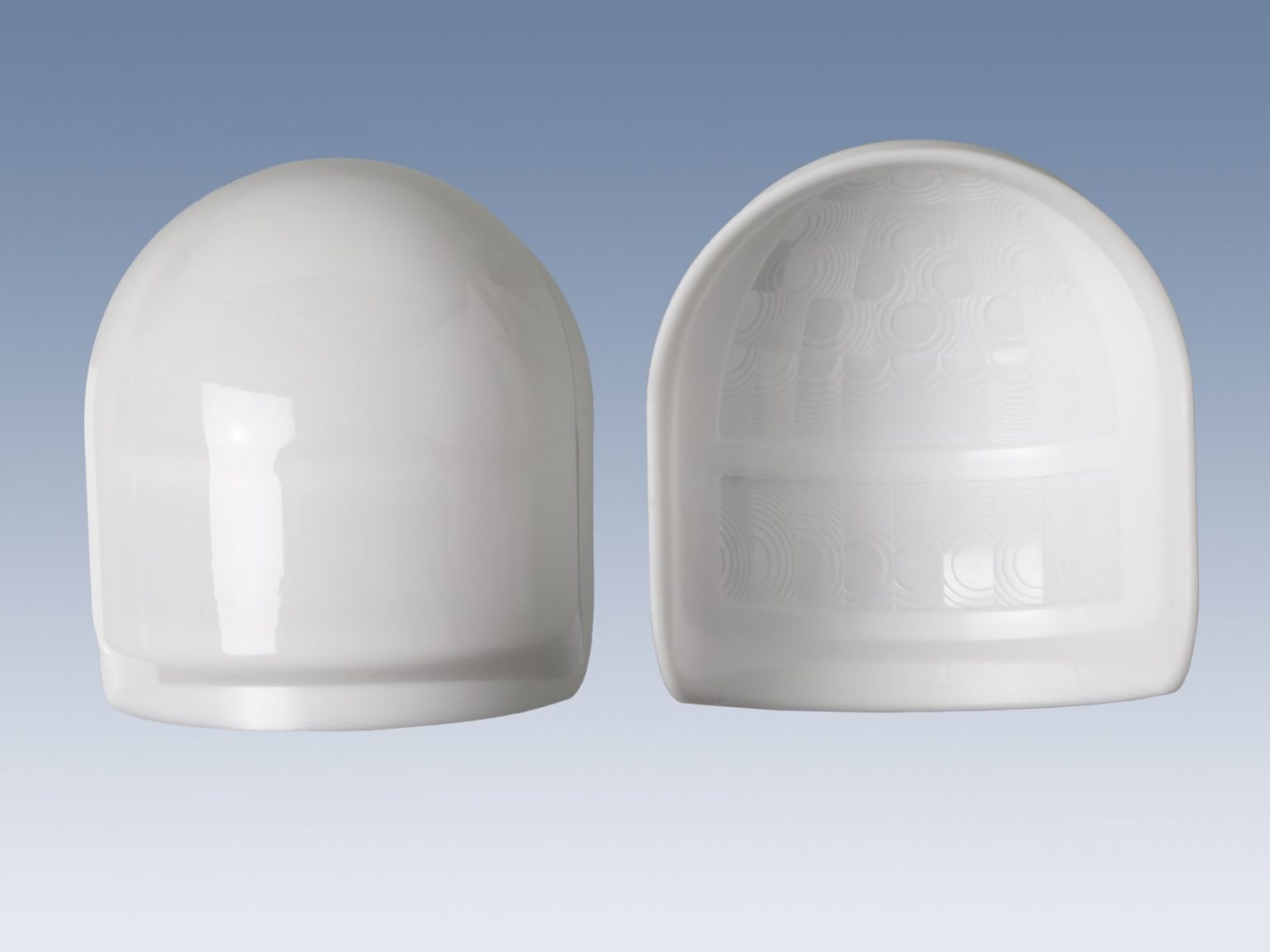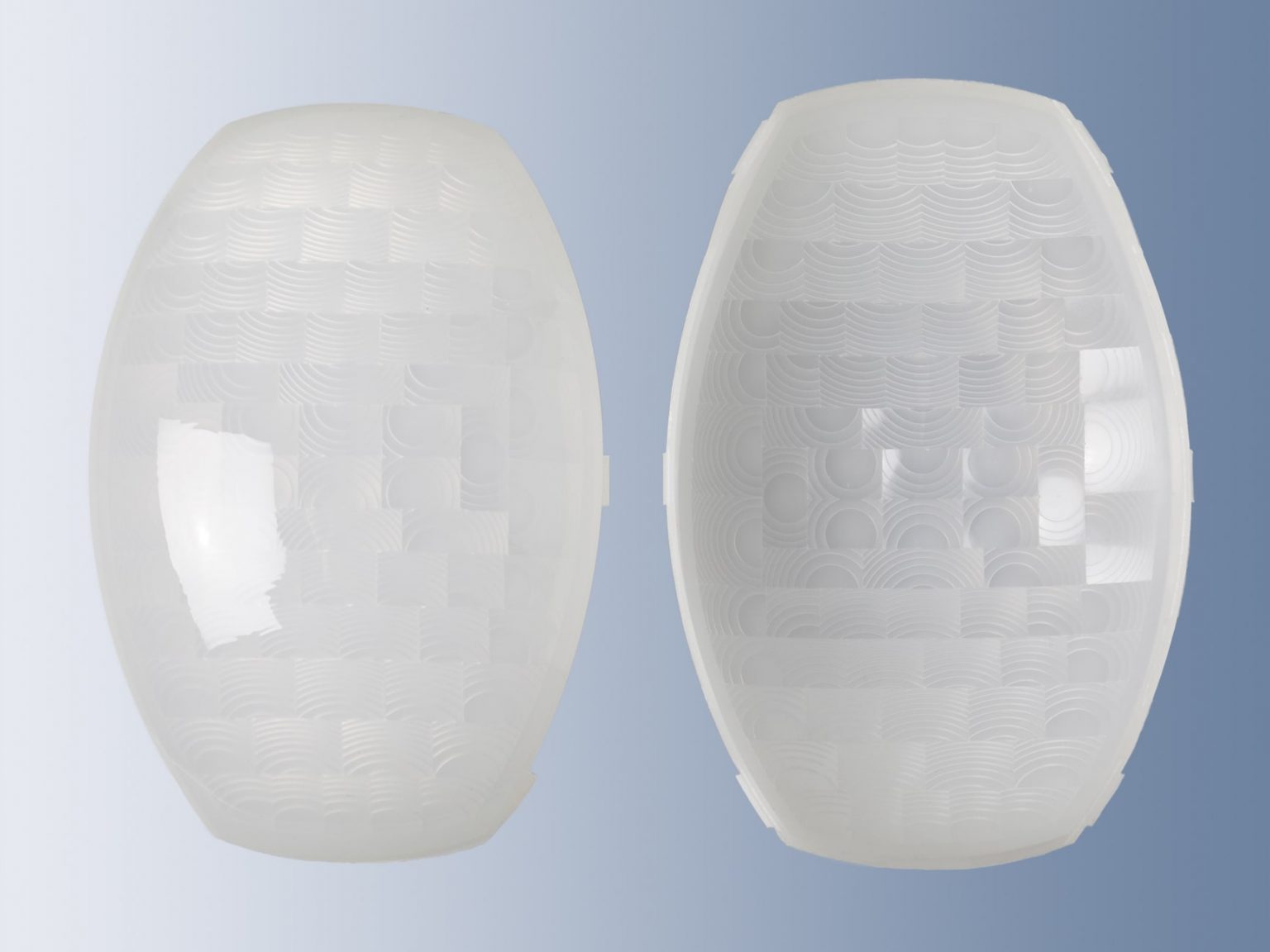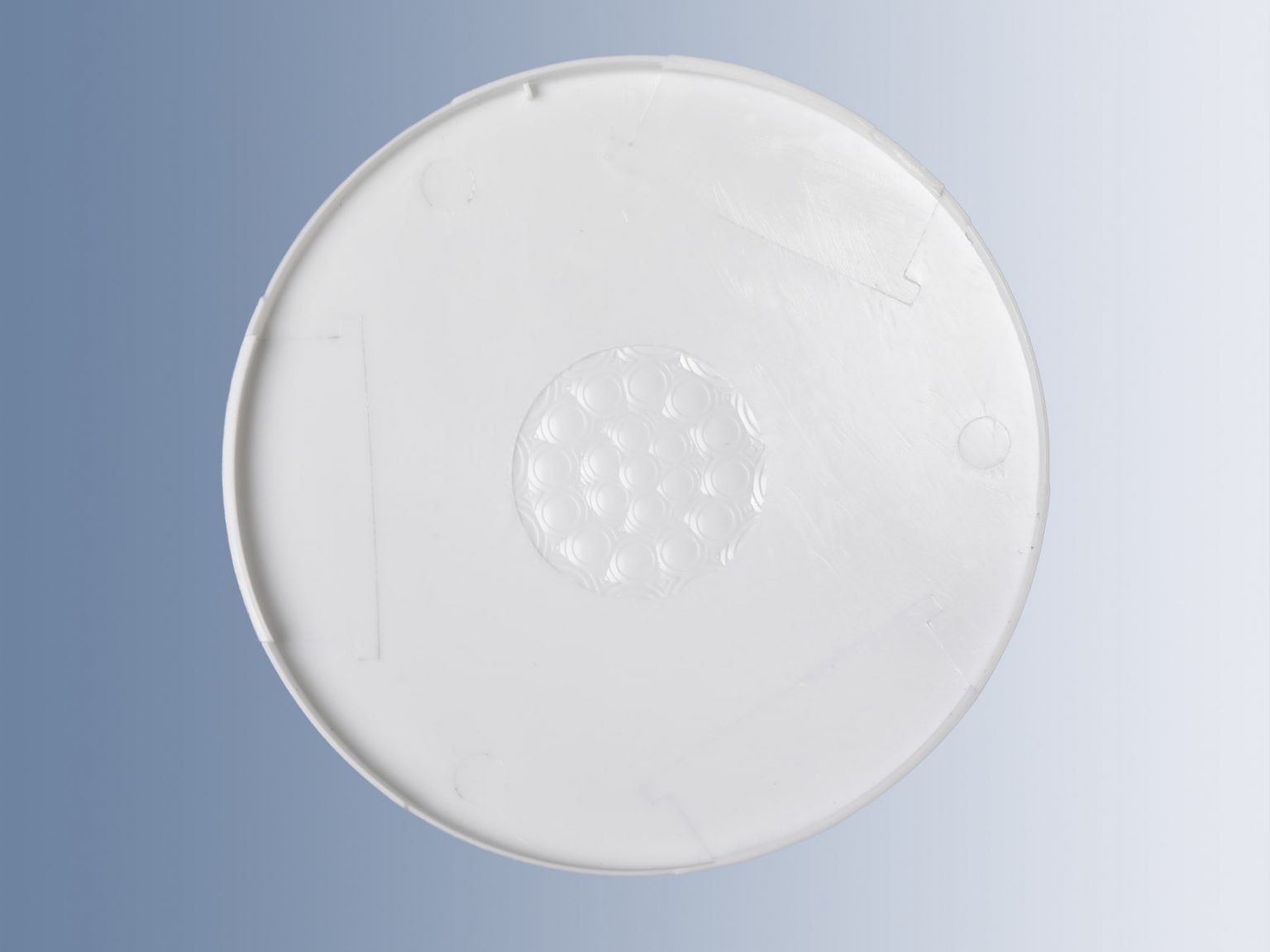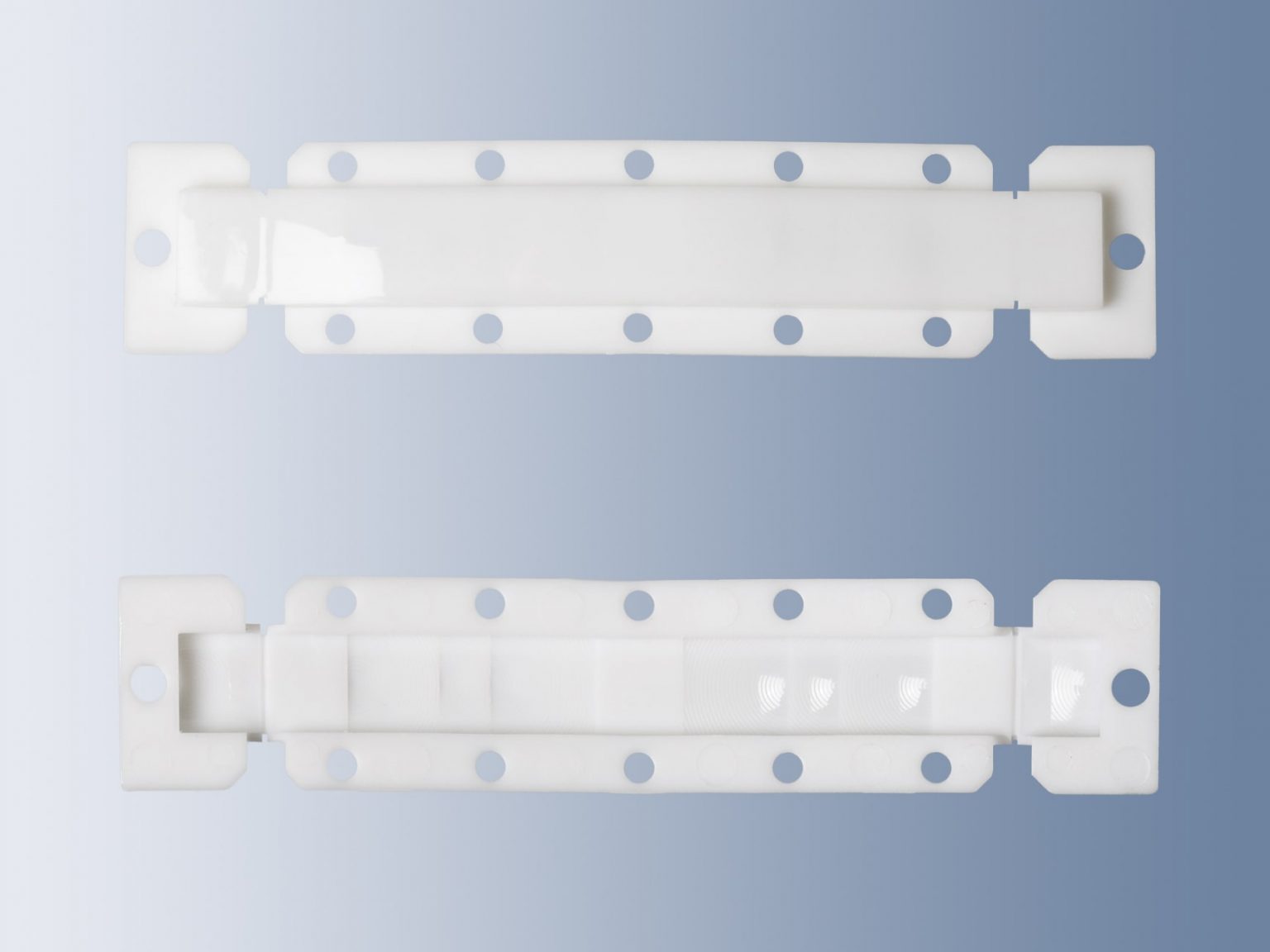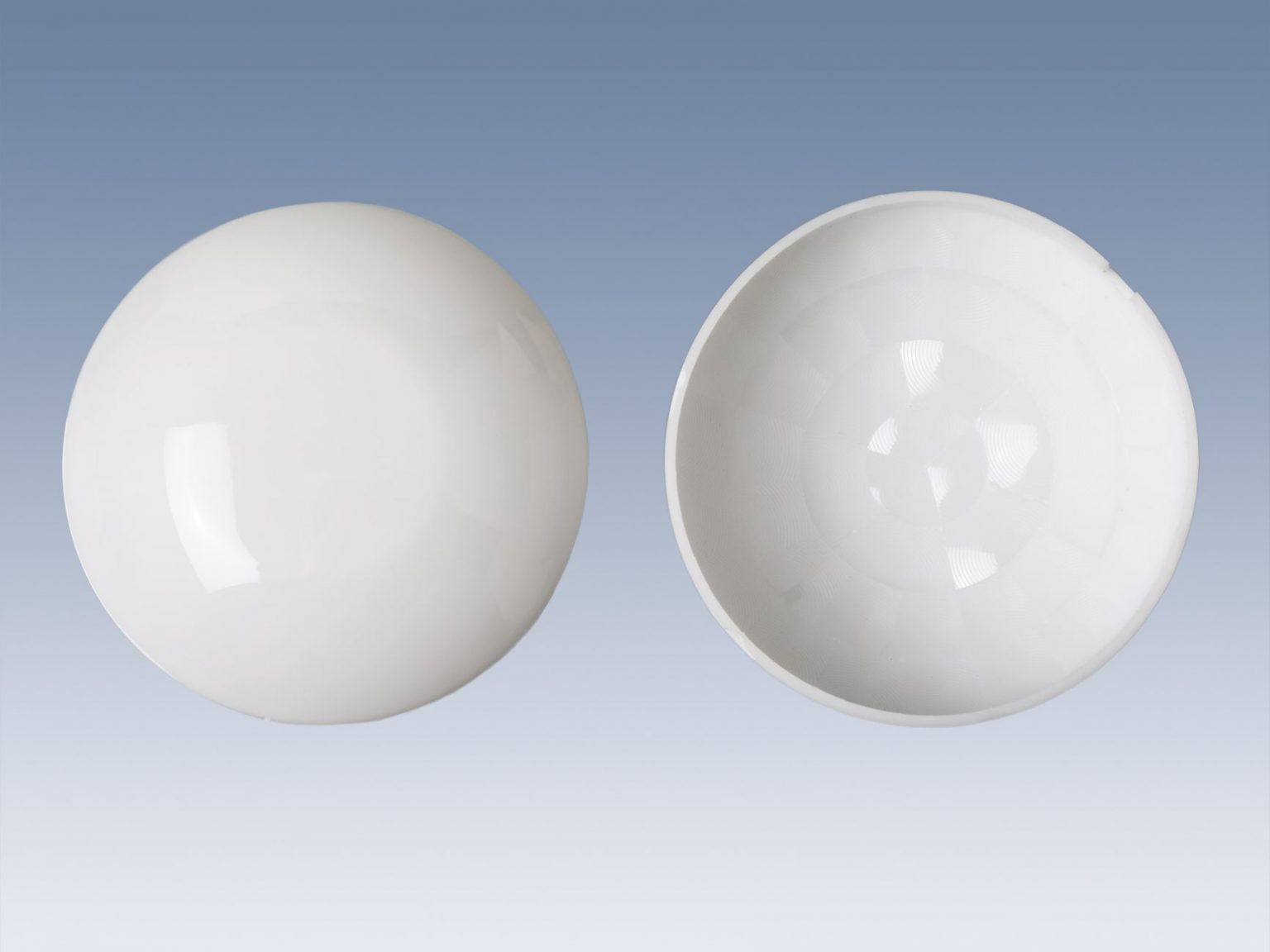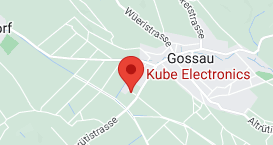Translation material
Home
Products
Granulates
Films
Optics
Customized Fresnel Lens
MultiZone Fresnel Lens
Cone Optics
PIR Window
SingleZone PIR Lenses
MultiZone Golfball Lens
Sensors
Services
PIR Lens Design
Lens Prototyping
Tool Construction
Production 1st Lot
Color Optimization
Logistics
Quality
RoHS
REACH - SVHC
UL94
Mat.Safety Datasht.
Downloads
Info
Price Lists
Transm. Plastics
Fresnel Lens
Sensors
Cone Optics
Quality
Recommendations
Application
About us
Contact
Imprint
Data Prot.
Downloads
Info
Preislisten
Transm. Plastics
Fresnel-Linsen
Sensoren
Kegeloptik (Konus)
Qualität
Empfehlungen
Anwendungen
Startseite
Produkte
Granulate
Folien
Optiken
Kundenspez. Fresnel-Linsen
MultiZonen Fresnel-Linsen
Kegel Optik (Konus)
PIR Fenster
EinzelZonen PIR Linsen
MultiZonen Golfball Linse
Sensoren
Dienstleistungen
PIR Linsen Entwurf
Linsen Prototyp
Tool Konstruktion
Produktion 1. Los
Farb-Optimierung
Logistik
Qualität
RoHS
REACH - SVHC
UL94
Sicherheitsdatenblatt
Über uns
Kontakt
Impressum
Datenschutz
Home
Products
/ Granulates
/ Films
/ Optics
/ Customer Specific Fresnel Lens
/ MultiZone PIR Fresnel Lens
/ Cone Optics
/ PIR Window
/ SingleZone PIR Lenses
/ MultiZone Golfball Lens
/ Sensors
Services
/ PIR Lens Design
/ PIR Lens Prototyping
/ PIR Lens Tool Construction
/ PIR Lens Production First Lot
/ PIR Lens Color Optimization
Logistics
Quality
/ RoHS
/ REACH - SVHC
/ UL94
/ Material Safety Data Sheet (MSDS)
Downloads
/ Info
/ Price Lists
/ Transm. Plastics
/ Fresnel Lens
/ Sensors
/ Cone Optics
/ Quality
/ Recommendations
/ Application
About us
Contact
Imprint
Data Prot.
Start
Produkte
/ Granulate
/ Folien
/ Optiken
/ Kundenspezifische Fresnel-Linsen
/ MultiZonen Fresnel-Linsen
/ Kegeloptik (Konus)
/ PIR Fenster
/ EinzelZonen PIR Linsen
/ MultiZonen Golfball Linse
/ Sensoren
Dienstleistungen
/ PIR Linsen Entwurf
/ PIR Linsen Prototypen
/ PIR Linsen Tool Construction
/ PIR Linsen Production 1. Los
/ PIR Linsen Farboptimierung
Logistik
Qualität
/ RoHS
/ REACH - SVHC
/ UL94
/ Sicherheitsdatenblatt
Downloads
/ Info
/ Preislisten
/ Transm. Plastics
/ Fresnel-Linsen
/ Sensoren
/ Kegeloptik (Konus)
/ Qualität
/ Empfehlungen
/ Anwendungen
Über uns
Kontakt
Impressum
Datenschutz
Our products
PIR Injection
Molding Granulates
PIR Transmissive
Window Films
PIR
Optics
PIR
Sensors
Request for products and services
KUBE sends directly from Switzerland to any place in the world. Custom lenses may be sent directly from the EU.
In this way we can offer you the best service and the fastest delivery possible.
For a first-time quote request, kindly specify the item, quantity, and use case.
This helps us to recommend the most suitable product and possibly suggest an available alternative.
KUBE PIR (Passive InfraRed) components are used in
Motion / Presence detection
Burglar alarms
Automatic light switching
People detection
All other infrared thermal applications (7 … 14 Micron)
Non-contact temperature measurement
Thermal image detection
Automation and robotics
Product quality certificates
Unsere Produkte
PIR Injection
Molding Granulate
PIR Transmissive
Fensterfolien
PIR
Optiken
PIR
Sensoren
Anfrage für Produkte und Dienstleistungen
KUBE versendet direkt von der Schweiz an jeden Ort dieser Welt. Spezifische Linsen werden evtl. direkt aus der EU zugestellt.
Auf diese Weise können wir Ihnen den besten Service und die schnellste Lieferung bieten.
Um ein Angebot zu erhalten, geben Sie bitte Artikel, Menge, und falls möglich, die Anwendung an.
Dies wird uns helfen, Ihnen das am besten geeignete Produkt und, falls verfügbar, Alternativen zu nennen.
KUBE PIR-Komponenten werden verwendet für
Bewegungs- / Präsenzmelder
Einbruchalarm-Anlagen
Automatische Lichtschaltung
Personenerkennung
Alle anderen thermischen Infrarotanwendungen (7 … 14 Mikron)
Berührungslose Temperaturmessung
Wärmebild Erfassung
Automatisierung und Robotik
Produkt Qualitäts Zertifikate
Products
PIR Transmissive Injection
Moulding Granulates
PIR Transmissive
Window Films
PIR Optics
PIR Sensors
PIR Transmissive Injection Moulding Granulates
For Fresnel lenses and windows of PIR motion detectors, thermal imaging cameras and non-contact thermometers
Features:
The best material for Fresnel lenses
Specially suited for thin parts
High transmission in the 7 to 14 µm central passive infrared (PIR) band
Choice of colors and MFI
RoHS and TSCA conform
Excellent visible light absorption available for low false alarm rate / VdS conformity
Special colors available on request
According to KUBE’s experience, these materials exhibit no substantial loss of specification over 10 years
Product Specifications / Price List
Product list and specific optical data (Data sheet)
Pricelist KUBE PIR transmissive HDPE granules
General optical, thermal and mechanical data
Process technology / integration
Fixing, gluing and welding of KUBE PIR transmissive HDPE granules
Process engineering setting guidelines for KUBE PIR transmissive HDPE granules
Special quality instructions
Flammability KUBE PIR transmissive HDPE granules
Long term stability KUBE PIR transmissive HDPE granules
Produkte
PIR Transmissive Injection
Moulding Granulate
PIR Transmissive
Fensterfolien
PIR Optiken
PIR Sensoren
PIR Transmissive Injection Moulding Granulate
Für Fresnel-Linsen und Fenster von PIR-Bewegungsmeldern, Wärmebildkameras und berührungslosen Thermometern
Eigenschaften:
Bestes Material für Fresnel-Linsen
Besonders geeignet für dünne Teile
Hohe Transmission im zentralen passiven Infrarot (PIR) -Band von 7 bis 14 µm
Farbauswahl und MFI
RoHS- und TSCA-konform
Hervorragende Absorption von sichtbarem Licht für niedrige Falschalarmrate / VdS-Konformität
Sonderfarben auf Anfrage
Nach den Erfahrungen von KUBE, weisen diese Materialien über einen Zeitraum von 10 Jahren keinen wesentlichen Spezifikationsverlust auf
Produktspezifikationen / Preisliste
Produktliste und spezifische optische Daten (Datenblatt)
Preisliste KUBE PIR durchlässige HDPE-Granulate
Allgemeine optische, thermische und mechanische Daten
Verfahrenstechnik / Integration
Befestigung, Verklebung und Verschweissung von KUBE PIR durchlässigen HDPE-Granulate
Verfahrenstechnische Einstellrichtlinien für KUBE PIR durchlässige HDPE-Granulate
Besondere Qualitätshinweise
Flammbarkeit KUBE PIR durchlässigen HDPE-Granulate
Langzeitstabilität KUBE PIR durchlässige HDPE-Granulate
PIR Transmissive Window Films
For front-windows, lens covers and protective hoods of PIR motion detectors, thermal imaging cameras and non-contact thermometers
Features:
High transmission in the 7 to 14 µm central passive infrared (PIR) band
Excellent visible light absorption available for low false alarm rate / VdS conformity
Replaces expensive IR windows such as Irtran
RoHS and TSCA conform
Suitable for vacuum forming of 3D parts
Materials exhibit no substantial loss of specification over 10 years
Product Specifications / Price List
Product list and specific optical data (Data sheet)
Pricelist KUBE PIR transmissive HDPE films
Process technology / integration
Fixing, gluing and welding of KUBE PIR transmissive HDPE films
Special quality instructions
Flammability KUBE PIR transmissive HDPE films
Long term stability KUBE PIR transmissive HDPE films
PIR Transmissive Fensterfolien
Für Frontscheiben, Linsenabdeckungen und Schutzhauben von PIR-Bewegungsmeldern, Wärmebildkameras und berührungslosen Thermometern
Eigenschaften:
Hohe Transmission im zentralen passiven Infrarot (PIR) -Band von 7 bis 14 µm
Hervorragende Absorption von sichtbarem Licht für niedrige Falschalarmrate / VdS-Konformität
Ersetzt teure IR-Fenster wie Irtran
RoHS- und TSCA-konform
Geeignet zum Vakuumformen von 3D-Teilen
Materialien zeigen nach über 10 Jahren keinen wesentlichen Verlust der Spezifikation
Produktspezifikationen / Preisliste
Produktliste und spezifische optische Daten (Datenblatt)
Preisliste KUBE PIR Transmissive HDPE Folien
Verfahrenstechnik/Integration
Befestigung, Verklebung und Verschweisung von KUBE PIR durchlässigen HDPE-Folien
Besondere Qualitätshinweise
Flammbarkeit KUBE PIR durchlässigen HDPE-Folien
Langzeitstabilität KUBE PIR durchlässige HDPE-Folien
PIR Optics
Customer Specific
Fresnel Lenses
MultiZone PIR
Fresnel Lenses
Cone
Optics
PIR
Windows
SingleZone PIR
Lenses
MultiZone
Golfball Lenses
PIR Optiken
Kundenspezifische PIR
Fresnel-Linsen
Multizonen PIR
Fresnel-Linsen
Kegel Optik
(Konus)
PIR
Fenster
SingleZonen PIR
Linsen
MultiZonen PIR
Golfball Linsen
Customer Specific Fresnel Lenses
The lens exhibit shows a selection of custom optical components in a variety of shapes and a wide range of PIR sensor applications. All custom lenses are the exclusive property of the customer and are therefore not available to third parties.
All custom lenses are unique. KUBE Electronics AG does not copy customized KUBE lenses or third party ones.
You get to your own customized lens when you go the steps described under service ond the KUBE Electronics AG webpage.
Fresnel Prism
Usage:
Cylindrical window for cone TR234 with partial Fresnel prism insert for beam deflection
Number of segments:
No (Window), very thin (0,22mm)
Dimensions (L x W x H):
3d shape 110mm * 65mm
Launch date:
Quantity produced until now:
195 000
Kundenspezifische Fresnel-Linsen
Die Linsenausstellung zeigt eine Auswahl von kundenspezifischen optischen Komponenten in unterschiedlichsten Formen und für ein breites Spektrum von Anwendungen mit PIR Sensoren. Alle kundenspezifischen Linsen sind exklusives Eigentum des Kunden und sind deshalb für Dritte nicht erhältlich.
Alle kundenspezifischen Linsen sind einzigartig. KUBE Electronics AG kopiert weder kundenspezifische KUBE Linsen noch solche von Drittanbietern.
Sie kommen zu Ihrer eigenen kundenspezifischen Linse, wenn Sie mit KUBE Electronics AG die unter Dienstleistung beschriebenen Schritte gehen.
Fresnel Prisma
Verwendungszweck:
Zylindrisches Fenster für Konus TR234 mit partiellem Fresnel Prisma Einsatz für Strahlumlenkung
Anzahl Segmente:
Keine (Fenster), sehr dünn (0,22mm)
Dimensionen (L x B x H):
3d Form 110mm * 65mm
Markteinführungsdatum:
Bisher prod. Stückzahl:
195 000
Flat lenses
Usage:
Combination Fresnel and cylinder segments for close range
Number of segments:
11 Fresnel, 11 cylinders
Dimensions (L x W x H):
64mm * 52mm, 4 square
Launch date:
Quantity produced until now:
578 000
Flachlinse
Verwendungszweck:
Kombination Fresnel-und ZylinderSegmente für Nahbereich
Anzahl Segmente:
11 Fresnel, 11 Zylinder
Dimensionen (L x B x H):
64mm * 52mm, 4 eckig
Markteinführungsdatum:
Bisher prod. Stückzahl:
578 000
Conical
Usage:
Cone-shaped Fresnel lenses
Mounting:
Wall
Number of segments:
Focal length:
Dimensions (L x W x H):
3d shape
Launch date:
Quantity produced until now:
333 000
Kegelförmig
Verwendungszweck:
Kegelförmige Fresnel-Linse
Montageart:
Wand
Anzahl Segmente:
Brennweite:
Dimensionen (L x B x H):
3d Form
Markteinführungsdatum:
Bisher prod. Stückzahl:
333 000
Spherical / Bump-Segments
Usage:
HVAC (Heating, Ventilation and Airconditioning)
Mounting:
Ceiling
Number of segments:
Focal length:
Dimensions (L x W x H):
Launch date:
Quantity produced until now:
270 000
Sphärisch / Bump-Segmente
Verwendungszweck:
HLK (Haus-, Lüftungs- und Klimatechnik)
Montageart:
Decke
Anzahl Segmente:
Brennweite:
Dimensionen (L x B x H):
Markteinführungsdatum:
Bisher prod. Stückzahl:
270 000
Window
Usage:
Purpose complex 3D form, extremely thin-walled. High gloss exterior surface with keypad
Number of segments:
None (Window)
Launch date:
Quantity produced until now:
Fenster
Verwendungszweck:
Verwendungszweck komplexe 3D Form, extrem dünnwandig. Hochglanz Aussenoberfläche mit Tastenfeld
Anzahl Segmente:
Keine (Fenster)
Markteinführungsdatum:
Bisher prod. Stückzahl:
Spherical / Elliptical
Usage:
Spherical lens with 2 different surface radii vertically and horizontally
Mounting:
Wall
Number of segments:
Focal length:
Dimensions (L x W x H):
3d shape 49mm * 51mm
Launch date:
Quantity produced until now:
Sphärisch / Elliptisch
Verwendungszweck:
Sphärisch mit 2 unterschiedlichen Oberflächenradien vertikal und horizontal
Montageart:
Wand
Anzahl Segmente:
Brennweite:
Dimensionen (L x B x H):
3d Form 49mm * 51mm
Markteinführungsdatum:
Bisher prod. Stückzahl:
Cylinder fresnel
Usage:
Combined spherical and cylindrical Fresnel lenses
Mounting:
Wall
Number of segments:
24 spherical, 9 cylindrical
Focal length:
18mm - 23.5mm
Dimensions (L x W x H):
3d shape, sphere radius 43mm
Launch date:
Quantity produced until now:
Zylinder fresnel
Verwendungszweck:
Kombinierte sphärische und zylindrische Fresnel-Linse
Montageart:
Wand
Anzahl Segmente:
24 sphärisch, 9 zylindrisch
Brennweite:
18mm - 23,5mm
Dimensionen (L x B x H):
3d Form, Kugelradius 43mm
Markteinführungsdatum:
Bisher prod. Stückzahl:
Ceiling / Corridor Lenses
Usage:
Elliptical spherical Fresnel lens for office heights
Mounting:
Ceiling, corridor
Number of segments:
72
Focal length:
Dimensions (L x W x H):
Oval 71mm/46 mm ball radius 43mm
Launch date:
Quantity produced until now:
Decken / Gang-Linse
Verwendungszweck:
Elliptisch sphärische Fresnel-Linse für Büroraumhöhen
Montageart:
Decke, Gang
Anzahl Segmente:
72
Brennweite:
Dimensionen (L x B x H):
Oval 71mm/46 mm Kugelradius 43mm
Markteinführungsdatum:
Bisher prod. Stückzahl:
Spherical Fresnel lens / large radius
Usage:
Spherical Fresnel lens for office heights
Mounting:
Ceiling
Number of segments:
Focal length:
Dimensions (L x W x H):
Round Ø 78mm, ball radius 170mm
Launch date:
Quantity produced until now:
Sphärische Fresnel-Linse / grosser Radius
Verwendungszweck:
Sphärische Fresnel-Linse für Büroraumhöhen
Montageart:
Decke
Anzahl Segmente:
Brennweite:
Dimensionen (L x B x H):
Rund Ø 78mm, Kugelradius 170mm
Markteinführungsdatum:
Bisher prod. Stückzahl:
Flat lens folded on the side
Usage:
Flat lens with lateral bending points. Field of view ~ 170°. Edge with contour for shrink-wrapping
Number of segments:
Focal length:
Dimensions (L x W x H):
Launch date:
Quantity produced until now:
Flachlinse seitlich abgekantet
Verwendungszweck:
Flachlinse mit seitlichen Biegestellen. Sichtfeld ~ 170°. Rand mit Kontur zum Einschweissen
Anzahl Segmente:
Brennweite:
Dimensionen (L x B x H):
Markteinführungsdatum:
Bisher prod. Stückzahl:
Spherical Fresnel Lenses
Usage:
Round, spherical Fresnel lens with two different outer radii. For 3 PIR sensors
Mounting:
Ceiling
Number of segments:
Focal length:
Dimensions (L x W x H):
Round Ø 39mm, ball radius 25mm/50mm
Launch date:
Quantity produced until now:
Sphärische Fresnel-Linse
Verwendungszweck:
Runde, sphärische Fresnel-Linse mit zwei verschiedenen Aussenradien. Für 3 PIR Sensoren
Montageart:
Decke
Anzahl Segmente:
Brennweite:
Dimensionen (L x B x H):
Rund Ø 39mm, Kugelradius 25mm/50mm
Markteinführungsdatum:
Bisher prod. Stückzahl:
MultiZone PIR Fresnel Lenses
MultiZone PIR fresnel lenses are lens arrays used for PIR detection like intruder alarms or lighting applications. All lenses are made from infrared transmissive HDPE plastic for use in the 7..14 microns PIR wavelength band and are approx. 0.5 mm to 0.8 mm thick, depending on the model.
The application is in the smaller quantity range where a customer-specific lens is not worthwhile.
Color: natural standard (opaque); light black (LB); white or grey on request.
Model-Nr.
Segments
Range [m]
HFoV
f = Focal length
HFoV = Horizontal Field of view
MultiZonen PIR Fresnel-Linsen
MultiZone PIR-Fresnel-Linsen sind Linsenarrays, die zur PIR-Erkennung wie Einbruchalarme oder Beleuchtungsanwendungen verwendet werden. Alle Linsen bestehen aus infrarotdurchlässigem HDPE-Kunststoff für den Einsatz im PIR-Wellenlängenbereich von 7 bis 14 Mikrometern und sind ca. Je nach Modell 0,5 mm bis 0,8 mm dick.
Der Einsatz liegt im kleineren Stückzahlenbereich bei dem sich die Entwicklung einer kundenspezifischen Linse nicht lohnt.
Farbe: natürlicher Standard; hellschwarz (LB); weiss oder grau auf Anfrage
Modell-Nr.
Segmente
Reichweite [m]
HFoV
f = Brennweite
HFoV = Sichtfeld (Horizontal Field of view)
Cone Optics
The PIR cone optics of KUBE Electronics AG works on the principle of the kaleidoscope (multiple reflection inside a cone). This physical principle is only used in one dimension, which leads to optimal solutions for wall applications.
As with lens solutions, the cone optics are used in conjunction with a standard pyroelectric sensor with two active elements. KUBE Electronics AG offers Konus optics for two different sensor types, which differ in the sensor housings. There is a solution for a TO-5 package and another solution for the flat pack package. The sensor circuit does not differ from that of the lens solution.
The advantage of the cone optics over conventional PIR Fresnel lenses is that it has a very small front opening and is therefore very compact and space-saving. This is achieved by multiple reflection inside the cone. With the KUBE cone optics, a field of view of about 110 ° and a range of over 12 meters can be covered.
The small and flat front opening allows an unobtrusive and vandalism-safe design. Environmental influences such as draft or light are also largely compensated.
By appropriate dimensioning of the cone geometry on 2-dimensional multiple reflections, ceiling applications could also be realized. However, no standard products are available for this.
Product Specifications
Data Sheet KUBE Cone Optics TR230
KUBE Cone Optics TR232
Accessories
KUBE PIR Window TR231
Price List
Price List
Kegel Optiken (Konus)
Durch Mehrfachreflexion im Innern der Koni (Kaleidoskope Prinzip). Die PIR Konus Optik der KUBE Electronics AG arbeitet nach dem Prinzip des Kaleidoskops (Mehrfachreflexion im Innern eines Konus). Dieses physikalische Prinzip wird dabei nur in einer Dimension angewendet, was zu optimalen Lösungen für Wandapplikationen führt.
Wie bei Linsenlösungen wird die Konus Optik in Verbindung mit einem Standard pyroelektrischen Sensor mit zwei aktiven Elementen eingesetzt. Die KUBE Electronics AG bietet Konus Optiken für zwei verschiedene Sensortypen an, die sich in den Sensorgehäusen unterscheiden. Es gibt eine Lösung für ein TO-5 Gehäuse und eine weitere Lösung für das Flat Pack Gehäuse. Die Sensorbeschaltung unterscheidet sich nicht von jener der Linsenlösung.
Der Vorteil der Konus Optik gegenüber herkömmlicher PIR Fresnel-Linsen liegt darin, dass diese eine äusserst kleine Frontöffnung hat und damit sehr kompakt und platzsparend ist. Dies wird durch Mehrfachspiegelung im Innern des Konus erreicht. Mit der KUBE Konus Optik kann ein Sichtfeld von ca. 110° und eine Reichweite von über 12 Metern abgedeckt werden.
Die kleine und flache Frontöffnung ermöglicht ein unauffälliges und Vandalismus sicheres Design. Auch Umwelteinflüsse wie Luftzug oder Licht werden weitgehend kompensiert.
Durch entsprechende Dimensionierung der Konus Geometrie auf 2-dimensionale Mehrfachspiegelungen liessen sich auch Deckenapplikationen realisieren. Dafür sind allerdings keine Standardprodukte erhältlich.
Produkt Spezifikationen
Datenblatt KUBE Cone Optics TR230
Datenblatt KUBE Cone Optics TR232
Accessories
Datenblatt KUBE PIR Window TR231
Preisliste
Preisliste
PIR Window
PIR window (without optics)
The PIR window TR231 is ideal for use with the cone TR230 / TR232- and seals it against the environment. It can also be used in simple applications without optics and lenses. The round PIR window TR1201 is specially designed for SMD or small PIR sensors with integrated optics.
For applications for triggering cameras, a restricted lateral viewing angle of approx. 60 degrees together with the cone TR23x is preferred. The PIR window TR1201 with an additional vertical separation device is used for this.
As an alternative solution to the windows, the KUBE PIR transmissive window films can be used for the same purpose.
Product Specifications
Data Sheet KUBE PIR Window TR231
Data Sheet KUBE PIR Window TR1201
Price List
Price List
PIR Fenster
PIR Fenster (ohne Optik)
Das PIR-Fenster TR231 ist ideal zur Verwendung mit dem Konus TR230 / TR232- und dichtet es gegen die Umgebung ab. Weiter kann es in einfachen Anwendungen ohne Optik und Linse eingesetzt werden. Das runde PIR Fenster TR231 ist speziell für SMD – oder kleine PIR Sensoren mit integrierter Optik gedacht.
Für Anwendungen zur Triggerung von Kameras wird bevorzugt ein eingeschränkter seitlicher Sichtwinkel von ca. 60 Grad zusammen mit dem Konus TR23x eingesetzt. Dazu dient das PIR Fenster TR231 mit zusätzlich vertikaler Trennvorrichtung.
Alternativ zu den Fenstern, können für den gleichen Zweck die
KUBE PIR Transmissiven Fenster Folien verwendet werden.
Produkt Spezifikationen
Datenblatt KUBE PIR Window TR231
Datenblatt KUBE PIR Window TR1201
Preisliste
Preisliste
SingleZone PIR Lenses
Aspheric lenses, compression molded on thin HDPE sheets. They are designed to focus thermal infrared radiation on a sensor. They can also replace expensive germanium lenses in systems requiring moderate imaging quality.
Applications:
Single zone PIR motion detectors
Prototyping of fresnel lens arrays
Thermal imaging cameras
Non-contact thermometers
Pyrometers
Heat sensing industrial controllers
Automotive road temperature sensing
Gas analyzers
Features:
Made from KUBE’s infrared transmissive HDPE plastic
Ideal for the 7 to 14 Microns central PIR wavelength band as well as other infrared wavelengths (see graph)
Can easily be cut to any size or shape
Product Specifications
Data Sheet KUBE PIR SingleZone Fresnel Lenses
Price List
Price List
Einzonen PIR Linsen
Asphärische Linsen, formgepresst auf dünnen HDPE-Platten. Sie sind so konzipiert, dass sie Infrarotstrahlung auf einen Sensor fokussieren. Sie können auch teure Germaniumlinsen in Systemen ersetzen, die eine mäßige Abbildungsqualität erfordern.
Anwendungen:
Einzonen-PIR-Bewegungsmelder
Prototyping von Fresnel-Linsenarrays
Wärmebildkameras
Berührungslose Thermometer
Pyrometer
Wärmesensor-Industrieregler
Kfz-Straßentemperaturerfassung
Gasanalysegeräte
Eigenschaften:
Hergestellt aus KUBEs infrarotdurchlässigem HDPE-Kunststoff
Ideal für das zentrale PIR-Wellenlängenband von 7 bis 14 Mikron sowie für andere Infrarotwellenlängen (siehe Grafik)
Kann leicht auf jede Größe oder Form zugeschnitten werden
Produktspezifikation
Datenblatt KUBE PIR Einzonen Fresnel-Linsen
Preisliste
Preisliste
MultiZone Golfball Lenses
Standard MultiZone golf ball lenses are mainly used for smaller quantities in applications with shorter detection distances in all positions.
The spherical outer shape gives golf ball lenses a very high pressure stability
Features:
Small, mechanically stable
Wall and ceiling mount
Easy assembly on PC-board
Product Specifications
Data Sheet KUBE Golfball Lens TR240
Data Sheet KUBE Golfball Lens TR243
Data Sheet KUBE Golfball Lens TR406
Data Sheet KUBE MultiZone PIR Fresnel Ceiling Lens TR420
Price List
Price List
MultiZonen Golfball Linsen
Standard MultiZone Golfball Linsen werden vorwiegend bei kleineren Stückzahlen in Applikationen mit kürzeren Detektionsdistanzen in allen Lagen eingesetzt.
Durch die kugelförmige Aussenform erhalten Golfballlinsen eine sehr hohe Stabilität gegenüber mechanischer Deformierung
Eigenschaften:
Klein, mechanisch stabil
Wand- und Deckenhalterung
Einfache Montage auf der Leiterplatte
Produktspezifikation
Datenblatt KUBE Golfball Linse TR240
Datenblatt KUBE Golfball Linse TR243
Datenblatt KUBE Golfball Linse TR406
Datenblatt KUBE MultiZonen PIR Fresnel Deckenlinse TR420
Preisliste
Preisliste
PIR Sensors
A pyroelectric sensor, also PIR sensor, is a semiconductor sensor used to detect temperature changes.
PIR sensors are based on the eponymous pyroelectricity, a property of some piezoelectric semiconductor crystals. In this case, a temperature change ΔT leads to a measurable change in the electrical voltage at the sensor output.
Like other temperature sensors, PIR sensors do not react to a specific, constant temperature level, but only to the change in temperature.
There are analog and digital pyroelectric sensors.
Digital PIR sensors have a much higher immunity to interference, due to their structure. Analog PIR sensors, however, are far cheaper. Further differences are nonexistent.
A simple optic is placed over the active sensor element to improve detection of changes and range. Typically, a spherically or cylindrically curved HDPE Fresnel lens is used. Due to the design of this lens, on the one hand, the spatial effect of the sensor can be influenced and adapted to the respective application, on the other hand, the steps of the Fresnel lens in combination with the two sensor elements result in a spatial fanning of the sensitivity ranges, which the detection of spatial changes of heat sources through steeper transitions improved. The Fresnel lens may be subdivided into individual sector elements and into a plurality of partial lenses.
Product Specifications
Data Sheet C172
Data Sheet AR172
Data Sheet C174
Data Sheet TR230
Price List
Price List
PIR Sensoren
Ein Pyroelektrischer Sensor, auch PIR-Sensor, ist ein Halbleitersensor, der zur Detektion von Temperaturänderungen dient.
PIR-Sensoren beruhen auf der namensgebenden Pyroelektrizität, einer Eigenschaft einiger piezoelektrischer Halbleiterkristalle. Dabei führt eine Temperaturänderung ΔT zu einer messbaren Änderung der elektrischen Spannung am Sensorausgang.
PIR-Sensoren reagieren nicht wie andere Temperatursensoren auf ein bestimmtes zeitlich konstantes Temperaturniveau, sondern nur auf die Veränderung der Temperatur. Es gibt analoge und digitale pyroelektrische Sensoren.
Digitale PIR Sensoren besitzen eine weit höhere Störfestigkeit, bedingt durch deren Aufbau. Analoge PIR Sensoren sind dagegen weit günstiger.
Weitergehende Unterschiede sind keine vorhanden.
Über dem aktiven Sensorelement wird, zur Verbesserung der Detektion auf Veränderungen und der Reichweite, eine einfache Optik angebracht. Typisch wird eine sphärisch oder zylindrisch gewölbte Fresnel-Linse aus HDPE verwendet. Durch die Gestaltung dieser Linse kann zum einen der räumliche Wirkungsbereich des Sensors beeinflusst und auf die jeweilige Anwendung angepasst werden, zum anderen kommt es durch die Stufen der Fresnel-Linse in Kombination mit den zwei Sensorelementen zu einer räumlichen Auffächerung der Empfindlichkeitsbereiche, welche die Detektion von räumlichen Veränderungen von Wärmequellen durch steilere Übergänge verbessert. Die Fresnel-Linse kann zur Auffächerung in einzelne Sektorelemente und in mehrere Teillinsen unterteilt sein.
Datenblatt C172
Datenblatt AR172
Datenblatt C174
Datenblatt TR230
Preisliste
Preisliste
PIR Lens Design
Development of a customer-specific lenses
The provision of a customized lens is roughly divided into the following four steps:
Lens study
Creation of a prototype lens based on the lens study (optional)
Design and construction of the injection moulding tool for the custom lens
Manufacturing first production lot of custom lenses
The lens study represents the starting point for the development of a custom lens.
Prerequisites:
Order to develop a custom lens
Action:
Clarification of the requirements relevant to lens development in close cooperation with the customer.
Clarification of already existing design restrictions in the area of the installation location of the lens (interface lens – device).
Provision of the datasheet of the sensor and its arrangement.
Definition of the outer Lens geometry and focal length considering the requirements and restrictions.
Design of a suitable zone pattern, possibly in variants (max. 3)
Arrangement of the lens segments on the available lens surface as well as the definition of the optical centers of the individual segments.
Determination of material, color and thickness of the lens.
Quotation for the creation of a prototype lens (step 2)
Quotation for the construction of the injection mould (step 3)
Quotation for the custom lens at a quantity of 10 000 (step 4)
Duration:
4 – 6 weeks
Cost / Payment conditions:
Typically CHF 6 000 - 10 000
50% due on order, 50% due on customer approved lens study.
Deliverables:
Lens study with contents clarified as mentioned under action.
The lens study is written in such a way that the customer can then decide whether he wants to entrust the prototype development (step 2) or the toolmaking (step 3) to someone else and not the company KUBE Electronics AG. However, it is advisable to choose a toolmaker who has experience with Fresnel structures.
PIR Linsen Entwurf
Entwicklung einer kundenspezifischen Linse
Die Bereitstellung einer kundenspezifischen Linse erfolgt grob in folgenden vier Teilschritten:
Linsenstudie
Erstellung einer Prototypenlinse anhand der Linsenstudie (optional)
Entwurf und Bau des Werkzeuges für die kundenspezifische Linse
Herstellung eines ersten Produktionsloses der kundenspezifischen Linse
Die Linsenstudie stellt den Ausgangspunkt der Entwicklung einer kundenspezifischen Linse dar.
Voraussetzungen:
Auftrag zur Entwicklung einer kundenspezifischen Linse
Vorgehen:
Klärung der für die Linsenentwicklung relevanten Anforderungen in enger Zusammenarbeit mit dem Kunden.
Abklärung bereits vorhandener Entwurfseinschränkungen im Bereich des Einbauortes der Linse (Schnittstelle Linse – Gerät).
Bereitstellung des Datenblattes zum Sensor und dessen Anordnung.
Festlegung der äusseren Linsengeometrie und der Brennweite unter Berücksichtigung der Anforderungen und Einschränkungen.
Entwurf eines geeigneten Zonenmusters evt. in Varianten (max. 3)
Anordnung der LinsenSegmente auf der verfügbaren Linsenfläche sowie die Definition der optischen Zentren der einzelnen Segmente.
Festlegung von Material, Farbe und Dicke der Linse.
Kostenvoranschlag für die Erstellung einer Prototypenlinse (Schritt 2)
Kostenvoranschlag für den Bau des Spritzgusswerkzeuges (Schritt 3)
Kostenvoranschlag für die kundenspezifische Linse bei Stückzahl 10 000 (Schritt 4)
Dauer:
4 – 6 Wochen
Kosten / Zahlungsbedingungen:
Typisch CHF 6 000 - 10 000
50% bei Auftragserteilung, 50% nach der durch Kunden freigegebener Linsenstudie.
Lieferobjekte:
Dokument Linsenstudie mit den unter Vorgehen geklärten Inhalten.
Die Linsenstudie wird so verfasst, dass der Kunde anschliessend entscheiden kann, ob er die Prototypenentwicklung (Schritt 2) oder den Werkzeugbau (Schritt 3) jemand anderen anvertrauen möchte und nicht der Firma KUBE Electronics AG. Es ist aber empfehlenswert, einen Werkzeugbauer zu wählen, welcher Erfahrung mit Fresnelstrukturen hat.
PIR Lens Prototyping
Development of a customer-specific lens
The provision of a customized lens is roughly divided into the following four steps:
Lens study
Creation of a prototype lens based on the lens study (optional)
Design and construction of the tool for the custom lens
Manufacturing first production lot of custom lens
Prerequisites:
For flat lenses only, spherical lenses not possible. The lens design according step 1 is available or provided by the customer on the appropriate level of detail.
Action:
Creation of a prototype lens based on the previous lens study or an existing lens pattern to be modified / optimized.
Checking the optical performance of the lens against the requirements on an optical bench (tool) recorded in the lens study.
Manual production of max. 5 prototypes lenses.
Shipping and testing of the prototype lens in the corresponding application by the customer.
Feedback of the test results to KUBE Electronics AG with possible suggestions for improvement.
Duration:
2 – 4 weeks
Cost / Payment conditions:
Typically CHF 2 800
(Including 5 prototype lenses (exclusive shipping costs). Immediately due on order.
Deliverables:
5 prototype lenses, optical performance verified on optical bench.
Prototype lens is created manually in contrast to the series-produced lens and not produced from the injection moulding tool.
PIR Linsen Prototyp
Entwicklung einer kundenspezifischen Linse
Die Bereitstellung einer kundenspezifischen Linse erfolgt grob in folgenden vier Teilschritten:
Linsenstudie
Erstellung einer Prototypenlinse anhand der Linsenstudie (optional)
Entwurf und Bau des Werkzeuges für die kundenspezifische Linse
Herstellung eines ersten Produktionsloses der kundenspezifischen Linse
Voraussetzungen:
Nur Flachlinsen, keine sphärischen Linsen.
Linsendesign muss vorhanden sein (Gemäss Schritt 1 oder wird vom Kunden im nötigen Detailierungsgrad zur Verfügung gestellt).
Vorgehen:
Erstellung einer Prototypen Linse anhand der Linsenstudie oder eines bestehenden, zu modifizierenden oder optimierenden Linsenmusters.
Überprüfung der optischen Leistungsfähigkeit der Linse, gegenüber den in der Linsenstudie festgehaltenen Anforderungen, auf einer optischen Bank (Hilfsmittel).
Manuelle Produktion von max. 5 Prototypen Linsen.
Versand und Test der Prototypenlinse in der entsprechenden Applikation durch den Kunden.
Rückmeldung der Testresultate an KUBE Electronics AG, evt. mit Verbesserungsvorschlägen.
Dauer:
2 – 4 Wochen
Kosten / Zahlungsbedingungen:
Typisch CHF 2 800
(inkl. 5 Prototypenlinsen (zuzüglich Versandkosten). Sofort fällig bei Auftragserteilung.
Lieferobjekte:
5 Prototypenlinsen, optische Leistungsfähigkeit verifiziert auf optischer Bank.
Die Prototypenlinse ist, im Gegensatz zur Serie gefertigten Linse, manuell erstellt und nicht mittels dem Werkzeug produziert.
PIR Lens Tool Construction
Development of a customer-specific lens
The provision of a customized lens is roughly divided into the following four steps:
Lens study
Creation of a prototype lens based on the lens study (optional)
Design and construction of the tool for the custom lens
Manufacturing first production lot of custom lens
Prerequisites:
The lens study is available.
The outer surface (matt, gloss or high gloss) must be defined.
Color for the initial samples must be defined.
Action:
Creation of a revised offer based on the latest technical data (lens study, lens prototypes incl. Test feedback) as well as the expected quantities for the first three years and the planned order quantities.
Design and production of the tool.
Production of initial samples (typically 10 pieces)
Test of the lens by the customer in the corresponding application.
Release of the tool by the customer for series production
Duration:
8 - 16 weeks (depending on the complexity of the lens and the expected annual production)
Cost / Payment conditions:
CHF 6 000 - 30 000
(including 10 first samples plus shipping costs). The cost depends heavily on the complexity of the lens and the expected annual production
Rule of thumb: For each segment
CHF 600 plus CHF 2 300 initial costs.
Payment Terms:
50% due immediately upon placing the order, 30% due immediately, upon delivery of the initial sample, 20% due immediately after approval by the customer.
Deliverables:
10 initial sample, lens validated by customers on equipment.
The client accepts that although the tool for the lens belongs to the client, it remains in the hands of the production company throughout its lifetime. On the other hand, the production company undertakes that the tool will be used exclusively for the production of lenses of orders of the client or for customers who have been authorized by the client to do so. The production company is also responsible for the maintenance and insurance of the tool. This obligation automatically expires 2 years after the last production lot. The tool will only be handed over to the client in the event of insolvency of KUBE Electronics AG or if KUBE Electronics AG finally withdraws from the PIR lens business.
The selected toolmaker is familiar with Fresnel structures and he is able to work out the structures required for the tool in detail.
PIR Linsen Tool Konstruktion
Entwicklung einer kundenspezifischen Linse
Die Bereitstellung einer kundenspezifischen Linse erfolgt grob in folgenden vier Teilschritten:
Linsenstudie
Erstellung einer Prototypenlinse anhand der Linsenstudie (optional)
Entwurf und Bau des Werkzeuges für die kundenspezifische Linse
Herstellung eines ersten Produktionsloses der kundenspezifischen Linse
Voraussetzungen:
Die Linsenstudie liegt vor.
Die Aussenoberfläche (matt, glänzend oder hochglanz) muss definiert sein.
Farbe für die Erstmuster muss definiert sein.
Vorgehen:
Erstellung eines überarbeiteten Angebots basierend auf den aktuellsten technischen Daten (Linsenstudie, Linsenprotypen inkl. Testrückmeldungen) sowie der erwarteten Stückzahlen für die ersten drei Jahre und der geplanten Bestellmengen.
Entwurf und Herstellung des Werkzeuges.
Produktion von Erstmustern (typischerweise 10 Stück)
Test der Linse in der entsprechenden Applikation durch den Kunden.
Freigabe der Linse durch den Kunden für die Serienproduktion.
Dauer:
8 – 16 Wochen (je nach Komplexität der Linse und der erwarteten Jahresproduktion).
Kosten:
CHF 6 000 - 30 000
(inkl. 10 Erstmuster zuzüglich Versandkosten). Die Kosten richten sich stark nach der Komplexität der Linse und der erwarteten Jahresproduktion.
Faustregel: Pro Segment
CHF 600 plus CHF 2 300 Grundkosten.
Zahlungsbedingungen:
50% sofort bei Auftragserteilung, 30% sofort, bei Lieferung der Erstmuster, 20% sofort nach Freigabe durch den Kunden.
Lieferobjekte:
10 Erstmuster, Linse durch Kunden an Geräten validiert.
Der Auftraggeber akzeptiert, dass das Werkzeug für die Linse zwar dem Auftraggeber gehört, dieses jedoch während der ganzen Lebensdauer in der Obhut der Produktionsfirma bleibt. Auf der anderen Seite verpflichtet sich die Produktionsfirma dazu, dass das Werkzeug ausschliesslich für die Produktion von Linsen von Bestellungen des Auftraggebers verwendet wird oder für Kunden, welche vom Auftraggeber dazu bevollmächtigt wurden. Die Produktionsfirma ist auch für die Wartung und Versicherung des Werkzeuges zuständig. Diese Verpflichtung erlöscht automatisch 2 Jahre nach dem letzten Produktionslos. Das Werkzeug wird nur im Falle der Insolvenz der KUBE Electronics AG oder wenn sich die KUBE Electronics AG endgültig aus dem PIR Linsengeschäft zurückziehen sollte, an den Auftraggeber ausgehändigt.
PIR Lens Production First Lot
Development of a customer-specific lens
The provision of a customized lens is roughly divided into the following four steps:
Lens study
Creation of a prototype lens based on the lens study (optional)
Design and construction of the tool for the custom lens
Manufacturing first production lot of custom lens
Prerequisites:
The lenses (initial samples) produced with the injection moulding tool have been formally released by the customer.
The injection moulding tool is completely paid
Action:
Standard KUBE Electronics AG order procedure.
Duration:
3 – 6 weeks (depending on the order quantity and the complexity of the lens)
Cost / Payment conditions:
Costs according to cost estimate in lens study (step 1). Payment conditions according agreement.
Deliverables:
Customized lens according to order.
The information under duration is valid if the first production lot takes place immediately after the completion of the tool. At longer intervals, the duration may be longer.
PIR Linsen Produktion erstes Los
Entwicklung einer kunden spezifischen Linse
Die Bereitstellung einer kundenspezifischen Linse erfolgt grob in folgenden vier Teilschritten:
Linsenstudie
Erstellung einer Prototypenlinse anhand der Linsenstudie (optional).
Entwurf und Bau des Werkzeuges für die kundenspezifische Linse
Herstellung erstes Produktionslos kundenspezifischer Linse
Voraussetzungen:
Die mit dem Werkzeug produzierten Linsen (Erstmuster) sind durch den Kunden formal freigegeben.
Das Spritzgusswerkzeug ist vollständig bezahlt
Vorgehen:
Gemäss Standardbestellverfahren der KUBE Electronics AG.
Dauer:
3 – 6 Wochen (abhängig von der Bestellmenge und der Komplexität der Linse)
Kosten / Zahlungsbedingungen:
Gemäss Kostenvoranschlag in Linsenstudie (Schritt 1). Vorauszahlung 100%, netto (siehe Vorgehen, Punkt 3)
Lieferobjekte:
Kundenspezifische Linse gemäss Bestellung.
Die Angaben unter Dauer gelten, wenn das erste Produktionslos unmittelbar im Anschluss an die Fertigstellung des Werkzeuges erfolgt. Bei grösseren zeitlichen Abständen kann die Dauer länger sein.
PIR Lens Color Optimization
Prerequisites:
The initial samples of the lens color to be optimized are available and released by the customer (with the exception of the color, the lens meets the requirements).
KUBE Electronics AG owns a color pattern in the form of a sample plate (about 9 cm x 6 cm) or the desired color is precisely specified by a RAL Plastics or PANTONE Plastics Code.
Action:
Carrying out a color analysis based on the supplied color sample.
Definition of the standard KUBE PIR HDPE granulate as starting material and of the color additives.
Production of customized paint based on the selected standart granules
Determination of IR relevant parameters.
Validation of the color by comparing the color analysis between the color sample and the produced, customized KUBE PIR HDPE granules by the customer.
Documentation of components und their portions for later re-production (for internal use only).
Shipment of the validated sample quantity by KUBE Electronics AG (see section delivery objects).
Duration:
5 - 7 weeks (depending on the laboratory workload)
Cost / Payment conditions:
CHF 1 100 - 1 500
(including 25 kg KUBE PIR HDPE granules and acceptance test certificate, excl. shipping costs).
Immediately due when placing the order.
Deliverables:
25 kg (1 bag) of KUBE PIR HDPE granulate as specified.
Acceptance test certificate of the customer-specific material with all PIR relevant material properties.
Typically, the optical performance will be decreased by the color optimization.
Color optimization can also be defined and made by mixing different KUBE PIR HDPE standard granules. (see Products ->
PIR Transmissive Injection Moulding Granulates).
Color optimization can also be done heuristically using the Trial and Error approach. For each iteration step Euro xy will be charged.
PIR Linsen Farb-Optimierung
Voraussetzungen:
Die Erstmuster der zu optimierden Linsenfarbe liegen vor und sind durch den Kunden freigegeben (mit Ausnahme der Farbe, erfüllt die Linse die Anforderungen).
KUBE Electronics AG ist im Besitz eines Farbmusters in Form einer Musterplatte (ca. 9 cm x 6 cm) oder die gewünschte Farbe ist durch einen RAL Plastics oder PANTONE Plastics Code genau spezifiziert.
Vorgehen:
Durchführung einer Farbanalyse anhand des gelieferten Farbmusters.
Festlegung des Standard KUBE PIR HDPE Granulates als Ausgangsmaterial.
Produktion der kundenspezifischen Farbe basierend auf dem ausgewählten Standardgranulat
Bestimmung der IR relevanten Kenngrössen.
Validierung der Farbe durch Vergleich der Farbanalyse zwischen Farbmuster und produziertem, kundenspezifischem KUBE PIR HDPE Granulat.
Dokumentation der Komponenten und Anteile für die spätere einwandfreie Reproduktion (nur für internen Gebrauch).
Versand der validierten Mustermenge durch KUBE Electronics AG (siehe Lieferobjekte).
Dauer:
5 – 7 Wochen (abhängig von der Laborauslastung)
Kosten / Zahlungsbedingungen:
CHF 1 100 - 1 500
(inkl. 25 kg KUBE PIR HDPE Granulat und Abnahmetestzertifikat, exkl. Versandkosten).
Sofort fällig bei Auftragserteilung.
Lieferobjekte:
25 kg (1 Sack) KUBE PIR HDPE-Granulat gemäss Vorgabe.
Abnahmetestzertifikat des kundenspezifischen Materials mit allen PIR relevanten Materialeigenschaften.
Typischerweise wird die optische Leistungsfähigkeit durch die Farboptimierung verringert.
Die Farboptimierung kann auch durch die Mischung von unterschiedlichen KUBE PIR HDPE Standard Granulaten definiert und vorgenommen werden. (siehe Produkte -> PIR Transmissive Injection Molding Granulate).
Die Farboptimierung kann auch heuristisch unter Anwendung des Try and Errors Ansatzes erfolgen. Dabei werden für jeden Iterationsschritt Euro xy in Rechnung gestellt.
Logistics
All goods ordered and purchased from KUBE Electronics AG are delivered to the customer under the terms of delivery „ex works“ (Incoterm 2020 := EXW <location>).
Incoterms
Transport to destination
Buyer
Seller
Export-customs-declaration
Buyer
Seller
Import-customs-clearance
Buyer
Seller
Import-taxation
Buyer
Seller
Insurance
Buyer
Seller
Important: For DAP, KUBE Electronics AG takes responsibility only for additional commissions
This essentially means that the customer bears both the responsibility and the costs for all activities that occur during the transport. In the case of export transactions, this also includes export and import customs clearance. However, at the customer’s request, KUBE Electronics AG also organizes the transports (including insurance). These will be charged additionally and shown separately there. The delivery term is then „Delivered named place“ (Incoterm 2020 := DAP) in the country of destination. In doing so, KUBE Electronics AG relies on standard logistics companies, which, depending on their scope of delivery and destination, are either Swiss Post, GLS or Dachser Spedition AG. For consignments that are sent directly from our production sites, DPD and the Dachser company are our standard logistics companies.
If the customer wishes to be picked up by a courier company (FedEx, UPS, DHL, TNT, …) or by a freight forwarder of his choice, the customer must register this collection himself. This means that KUBE Electronics AG does NOT declare the deliveries for shipment. In this case, KUBE Electronics AG supports the dispatch so that the data required for collection (gross weight, package dimensions, description of goods including customs tariff number and the pickup address) are sent to the customer by e-mail in good time, depending on terms of payment and the required delivery time.
After registration with the respective courier, the shipping documents consisting of the bill of lading and the label must be sent by e-mail to KUBE Electronics AG. KUBE Electronics AG will enclose these shipping documents with the necessary copies of the commercial invoice, each with original signatures, to the delivery. Now the goods are ready to be picked up, and they can be handed over to the courier. As confirmation for the collection, KUBE Electronics AG sends the customer the commercial invoice by e-mail with indication of the corresponding tracking number.
For deliveries by courier with a value of less than < Euro 350.00 KUBE Electronics AG will charge an additional packing fee of € 15.00, which will be shown separately.
Granulate delivery small quantities
Packaging details
one (1) carton box
dimensions 44cm x 34cm x 22cm
gross weight 10.8kg
Content
10kg (1 x 10kg bag) PIR-Granulate
Customs tariff: 3901.2000
Country of Origin: Switzerland
Pick up address
KUBE Electronics AG
Industriestrasse 55
8625 Gossau/ZH
Switzerland
2nd floor Reception
Pick-up date + time
<dd.mm.yyyy>
08:30 – 16:30
Contact Person
Mr. Rodolfo Milano
We will enclose three original (courier) or four (lorry) copies of commercial invoices signed original. The shipping documents, consisting of bill of lading and a label, must be sent to us by e-mail (only in the case of the courier).
Granulate delivery large quantities
Packaging details
one (1) EW-pallet
dimensions 120cm x 80cm x 135cm
gross weight 630kg
Content
600kg (24 x 25kg bag) PIR-Granulate
Customs tariff: 3901.2000
Country of Origin: Switzerland
Pick up address
Plastech AG
c/o Lenorplastics Service AG
Im Kessler 1, Industrie Ost
9463 Oberriet
Switzerland
Pick-up date + time
-
<dd.mm.yyyy>
08:30 – 16:30
Contact Person
Mrs. Sandy Keist
We will enclose three original (courier) or four (lorry) copies of commercial invoices signed original. The shipping documents, consisting of bill of lading and a label, must be sent to us by e-mail (only in the case of the courier).
Lens delivery
Packaging details
one (1) carton box
dimensions 22cm x 18cm x 12cm
gross weight 0.3kg
Content
100 pieces MultiZone PIR Fresnel Lens
Customs tariff: 9001.9000
Country of Origin: Switzerland
Pick up address
KUBE Electronics AG
Industriestrasse 55
8625 Gossau/ZH
Switzerland
2nd floor Reception
Pick-up date + time
<dd.mm.yyyy>
08:30 – 16:30
Contact Person
Mr. Rodolfo Milano
We will enclose three original (courier) or four (lorry) copies of commercial invoices signed original. The shipping documents, consisting of bill of lading and a label, must be sent to us by e-mail (only in the case of the courier).
Film delivery
Packaging details
one (1) carton box
dimensions 61cm x 16cm x 17cm
gross weight 7.0kg
Content
25 x 1 meters IR transmissive plastic flim
Customs tariff: 3920.1000
Country of Origin: Switzerland
Pick up address
KUBE Electronics AG
Industriestrasse 55
8625 Gossau/ZH
Switzerland
2nd floor Reception
Pick-up date + time
<dd.mm.yyyy>
08:30 – 16:30
Contact Person
Mr. Rodolfo Milano
We will enclose three original (courier) or four (lorry) copies of commercial invoices signed original. The shipping documents, consisting of bill of lading and a label, must be sent to us by e-mail (only in the case of the courier).
Sensor delivery
Packaging details
one (1) carton box
dimensions 50cm x 21cm x 7cm
gross weight 1.8kg
Content
1 000 pieces Dual Pyroelectric Sensors
Customs tariff: 8541.4000
Country of Origin: China
Pick up address
KUBE Electronics AG
Industriestrasse 55
8625 Gossau/ZH
Switzerland
2nd floor Reception
Pick-up date + time
<dd.mm.yyyy>
08:30 – 16:30
Contact Person
Mr. Rodolfo Milano
We will enclose three original (courier) or four (lorry) copies of commercial invoices signed original. The shipping documents, consisting of bill of lading and a label, must be sent to us by e-mail (only in the case of the courier).
Logistik
Alle bei der Firma KUBE Electronics AG bestellten und gekauften Waren werden zu den Lieferbedingungen „Ab Werk“ (Incoterm 2020 := EXW <Ortsangabe>) an den Kunden geliefert.
Incoterms
Transport zum Zielort
Käufer
Verkäufer
Export-Zollanmeldung
Käufer
Verkäufer
Einfuhr-Verzollung
Käufer
Verkäufer
Einfuhr-Versteuerung
Käufer
Verkäufer
Versicherung
Käufer
Verkäufer
Wichtig: Für DAP übernimmt KUBE Electronics AG die Verantwortung nur gegen zusätzliche Beauftragung
Das heisst im Wesentlichen, dass der Kunde für alle im Verlaufe des Transportes anfallenden Tätigkeiten sowohl die Verantwortung als auch die Kosten trägt. Im Falle von Exportgeschäften beinhaltet das auch die Export- und Importverzollung. Auf Wunsch des Kunden organisiert die KUBE Electronics AG auch die Transporte (inklusive Versicherung). Diese werden zusätzlich in Rechnung gestellt und dort separat ausgewiesen. Die Lieferbedingung lautet dann „Geliefert benannter Ort“ (Incoterm 2020 := DAP) im Bestimmungsland. Dabei wählt die KUBE Electronics AG Standard Logistikunternehmen aus, welche je nach Lieferumfang und Zielort entweder die Schweizer Post, GLS oder die Dachser Spedition AG ist. Für Sendungen, welche direkt ab unseren Produktionsstandorten verschickt werden sind DPD und das Unternehmen Dachser unsere Standard Logistikunternehmer.
Wünscht der Kunde die Abholung durch einen Kurierdienst (FedEx, UPS, DHL, TNT, …) oder durch einen Spediteur seiner Wahl, so muss die Anmeldung dieser Abholung durch den Kunden selbst vorgenommen werden. Das heisst, KUBE Electronics AG meldet die Lieferungen NICHT zum Versand an. In diesem Fall unterstützt die KUBE Electronics AG den Versand damit, dass die zur Abholung notwendigen Informationen (Bruttogewicht, Paketabmessungen, Warenbeschreibung inkl. Zolltarifnummer und die Abholadresse) je nach Zahlungsbedingungen und geforderter Lieferfrist zeitgerecht dem Kunden per e-mail übermittelt werden.
Nach erfolgter Anmeldung beim entsprechenden Kurier müssen die Versanddokumente bestehend aus Frachtbrief und Kennzeichnung (Label) per e-mail an KUBE Electronics AG zugestellt werden. KUBE Electronics AG wird diese Versanddokumente mit den nötigen Kopien der Handelsrechnung, je versehen mit Originalunterschriften, der Lieferung beilegen. Jetzt ist die Ware zur Abholung bereit, und sie kann dem Kurier übergeben werden. Als Bestätigung für die erfolgte Abholung verschickt KUBE Electronics AG dem Kunden noch die Handelsrechnung per E-Mail mit Angabe der zugehörigen Sendungsverfolgungsnummer.
Für Lieferungen, ausgeführt durch einen Kurierdienst, mit einem Warenwert unter < CHF 350.00 stellt die KUBE Electronics AG zusätzlich eine Verpackungspauschale von Euro 15.00 in Rechnung, welche separat ausgewiesen wird.
Granulatversand Kleinmengen
Verpackungsinformationen
Eine (1) Kartonbox / Grössen 44cm x 34cm x 22cm / Bruttogewicht 10.8kg
Inhalt
10kg (1 x 10kg Beutel) PIR-Granulate / Zolltarif: 3901.2000 / Herkunftsland: Schweiz
Abholadresse
KUBE Electronics AG
Industriestrasse 55
8625 Gossau/ZH
Schweiz
2. Etage / Empfang
Abholdatum / Abholzeit
<tt.mm.jjjj>
08:30 – 16:30
Kontaktperson
Herr Rodolfo Milano
Wir legen der Sendung drei (Kurier) oder vier (LKW) Kopien von Handelsrechnungen original unterschrieben bei. Die Versanddokumente, bestehend aus Frachtbrief und einem Label, müssen uns per E-Mail zugestellt werden (nur im Fall des Kuriers).
Granulatversand Grossmengen
Verpackungsinformationen
Eine (1) EW-Palette / Grössen 120cm x 80cm x 135cm / Bruttogewicht 630kg
Inhalt
600kg (24 x 25kg Beutel) PIR-Granulate / Zolltarif: 3901.2000 / Herkunftsland: Schweiz
Abholadresse
Plastech AG
c/o Lenorplastics Service AG
Im Kessler 1, Industrie Ost
9463 Oberriet
Schweiz
-
Abholdatum / Abholzeit
<tt.mm.jjjj>
08:30 – 16:30
Kontaktperson
Frau Sandy Keist
Wir legen der Sendung drei (Kurier) oder vier (LKW) Kopien von Handelsrechnungen original unterschrieben bei. Die Versanddokumente, bestehend aus Frachtbrief und einem Label, müssen uns per E-Mail zugestellt werden (nur im Fall des Kuriers).
Linsenversand
Verpackungsinformationen
Eine (1) Kartonbox / Grössen 22cm x 18cm x 12cm / Bruttogewicht 0.3kg
Inhalt
100 Stück MultiZone PIR Fresnel-Linsen / Zolltarif: 3001.9000 / Herkunftsland: Schweiz
Abholadresse
KUBE Electronics AG
Industriestrasse 55
8625 Gossau/ZH
Schweiz
2. Etage / Empfang
Abholdatum / Abholzeit
<tt.mm.jjjj>
08:30 – 16:30
Kontaktperson
Herr Rodolfo Milano
Wir legen der Sendung drei (Kurier) oder vier (LKW) Kopien von Handelsrechnungen original unterschrieben bei. Die Versanddokumente, bestehend aus Frachtbrief und einem Label, müssen uns per E-Mail zugestellt werden (nur im Fall des Kuriers).
Folienversand
Verpackungsinformationen
Eine (1) Kartonbox / Grössen 61cm x 16cm x 17cm / Bruttogewicht 7.0kg
Inhalt
25 x 1 Meter IR durchlässiger Plastikfilm
Zolltarif: 3920.1000
Herkunftsland: Schweiz
Abholadresse
KUBE Electronics AG
Industriestrasse 55
8625 Gossau/ZH
Schweiz
2. Etage / Empfang
Abholdatum / Abholzeit
<tt.mm.jjjj>
08:30 – 16:30
Kontaktperson
Herr Rodolfo Milano
Wir legen der Sendung drei (Kurier) oder vier (LKW) Kopien von Handelsrechnungen original unterschrieben bei. Die Versanddokumente, bestehend aus Frachtbrief und einem Label, müssen uns per E-Mail zugestellt werden (nur im Fall des Kuriers).
Sensorversand
Verpackungsinformationen
Eine (1) Kartonbox / Grössen 50cm x 21cm x 7cm / Bruttogewicht 1.8kg
Inhalt
1 000 Stück Dual Pyroelectric Sensors / Zolltarif: 8541.4000 / Herkunftsland: China
Abholadresse
KUBE Electronics AG
Industriestrasse 55
8625 Gossau/ZH
Schweiz
2. Etage / Empfang
Abholdatum / Abholzeit
<tt.mm.jjjj>
08:30 – 16:30
Kontaktperson
Herr Rodolfo Milano
Wir legen der Sendung drei (Kurier) oder vier (LKW) Kopien von Handelsrechnungen original unterschrieben bei. Die Versanddokumente, bestehend aus Frachtbrief und einem Label, müssen uns per E-Mail zugestellt werden (nur im Fall des Kuriers).
Quality
RoHS
Aspect:
RoHS (EU Directive 2011/65 / EU -> RoHS 2 or EU Directive 2015/863 -> RoHS 3
Importance:
Restriction of Hazardous Substances
Purpose:
Regulates the use and marketing of hazardous substances in electrical appliances and electronic components
Affected substances:
6 heavy metals (lead, mercury, cadmium, hexavalent chromium, polybrominated biphenyl (PBB), polybrominated diphenyl ether (PBDE) and 4 plasticizers or phthalates (DEHP, BBP, DBP and DIBP).
Scope:
All KUBE materials are RoHS compliant according to the latest regulations and are not subject to TSCA.
RoHS Statement
Qualität
RoHS
Aspekt:
RoHS (EU-Richtlinie 2011/65/EU -> RoHS 2 bzw. EU Richtlinie 2015/863 - RoHS 3
Bedeutung:
Restriction of Hazardous Substances
Zweck:
Regelt die Verwendung und das Inverkehrbringen von Gefahrenstoffen in Elektrogeräten und elektronischen Bauelementen.
Betroffene Substanzen:
6 Schwermetalle (Blei, Quecksilber, Kadmium, sechswertiges Chrom, Polybrominierte Biphenyl (PBB), Polybrominierte Diphenyl Ether (PBDE) und 4 Weichmacher oder Phtalate (DEHP, BBP, DBP und DIBP).
Geltungsbereich:
Alle KUBE Materialien sind RoHS konform gemäss aktuellsten Vorgaben und sind nicht TSCA pflichtig.
RoHS Statement
REACH – SVHC
Aspect:
REACH (Regulation EG) Nr. 1907/2006
Importance:
Registration, Evaluation, Authorization and restriction of Chemicals
Purpose:
EU Chemicals Ordinance on Harmonization and Simplification of Chemicals Law.
Affected substances:
As a result of this registration, ECHA classifies these substances according to their hazardousness to various aspects. The substances of very high concern are listed in a separate list (REACH – Substances of Very High Concern) which is reissued twice a year.
Scope:
KUBE PIR Granulates
KUBE PIR Films
REACH – SVHC
Aspekt:
REACH (Verordnung EG) Nr. 1907/2006
Bedeutung:
Registrierung, Evaluation, Autorisierung und Restriktion von Chemikalien
Zweck:
EU-Chemikalienverordnung zur Harmonisierung und Vereinfachung des Chemikalienrechtes.
Betroffene Substanzen:
Als Resultat dieser Registrierung klassifiziert die ECHA diese Substanzen nach ihrer Gefährlichkeit hinsichtlich verschiedener Aspekte. Die besonders besorgniserregenden Stoffe werden in einer separaten Liste geführt (REACH – SVHC (Substances of Very High Concern), welche zweimal im Jahr neu veröffentlicht wird.
Geltungsbereich:
KUBE PIR Granulate
KUBE PIR Folien
UL 94
Aspect:
UL94 (contents same IEC/DIN EN 60695-11-10 and – 20 / CAN/CSA C 22.2 No. 017)
Importance:
Plastic combustibility test for parts in devices and applications of Underwriters Laboratories.
Purpose:
Describes a method for assessing and classifying the flammability of plastics.
Classification
Description
slow burning of a horizontally clamped sample (HB75 / HB 40)
extinguishing a vertically clamped sample within 30 seconds. Burning dripping of plastic melt allowed.
Same as V-2, but no burning dripping of plastic melt allowed. Maximum 60 seconds afterglow.
Like V-1, but extinguishing the flame within 10 seconds. Maximum 30 seconds afterglow.
extinguishing a vertically clamped sample after 5 flashes for 5 seconds each; no dripping allowed.
like 5VB, additional test on a horizontally clamped plate; neither dripping nor formation of burn holes with a diameter > 1mm are permitted.
The achieved classification is registered in publicly accessible, so-called yellow cards (examination at UL or an accredited test laboratory).
Scope:
The linear burning rate of KUBE Electronics HDPE Lens 0.5mm Thick Model 22302 was 50mm/min. Therefore it meets with the Horizontal Burning Test; HB requirements based on the burning rate. No yellow card available.
UL 94
Aspekt:
UL94 (Inhaltsgleich IEC/DIN EN 60695-11-10 und – 20 / CAN/CSA C 22.2 No. 017)
Bedeutung:
Test zur Brennbarkeit von Kunststoffen für Teile in Geräten und Anwendungen der Underwriters Laboratories.
Zweck:
Beschreibt ein Verfahren zur Beurteilung und Klassifizierung der Brennbarkeit von Kunstoffen.
Klassifizierungen
Beschreibung
langsames Brennen einer horizontal eingespannten Probe (HB75 / HB 40)
Verlöschen einer vertikal eingespannten Probe innerhalb von 30 Sekunden. Brennendes Abtropfen von Kunststoffschmelze zulässig.
Wie V-2, jedoch kein brennendes Abtropfen von Kunststoffschmelze zulässig. Maximal 60 Sekunden Nachglimmen.
Wie V-1, jedoch Verlöschen der Flamme innerhalb von 10 Sekunden. Maximal 30 Sekunden Nachglimmen.
Verlöschen einer vertikal eingespannten Probe nach fünfmaliger Beflammung für je 5 Sekunden; kein Abtropfen zulässig.
wie 5VB, zusätzlicher Test an einer horizontal eingespannten Platte; weder Abtropfen noch Bildung von Brandlöchern mit einem Durchmesser > 1mm sind zulässig.
Die erreichte Klassierung wird in öffentlich zugänglichen, sogenannten Yellow Cards eingetragen (Prüfung bei UL oder einem akkreditierten Prüflabor).
Geltungsbereich:
Die lineare Brenngeschwindigkeit der KUBE Electronics HDPE Linse 0.5mm Thick Model 22302 betrug 50mm/min und erfüllt damit den Horizontal Burning Test. Eine gelbe Karte ist nicht verfügbar.
Material Safety Data Sheet (MSDS)
Material Safety Data Sheet (MSDS)
Sicherheitsdatenblatt (MSDS)
Sicherheitsdatenblatt
Downloads
General PIR information
Price Lists
Data sheets KUBE PIR Transmissive plastic
Data sheets KUBE PIR Fresnel lenses
Data sheets KUBE PIR sensors
Data sheets KUBE PIR cone optics
Quality documents / certificates
kube_plastics_quality.pdf
kube_plastics_safety.pdf
Recommendations for processing / integration
Application schema
Downloads
Allgemeine PIR Informationen
Preislisten
Datenblätter KUBE PIR Fresnel-Linsen
Datenblätter KUBE PIR Sensoren
Datenblätter KUBE PIR Kegeloptiken (Konus)
Qualitätsunterlagen / Zertifikate
kube_plastik_qualitaet.pdf
kube_plastik_sicherheit.pdf
Empfehlungen für die Verarbeitung / Integration
Anwendungsschema
About us
We, the KUBE Electronics team, have been producing window materials for the passive infrared industry in Schmerikon in Switzerland since the early 1980s.
KUBE Electronics supplies these important materials to the manufacturers of intruder detectors and motion detectors.
In addition, KUBE Electronics develops equipment for the detection of passive infrared radiation in industry, traffic control, security and military.
year
activity
Chinese partnership with customized Fresnel lenses including injection moulding tool.
Relocation from Hombrechtikon to Gossau ZH
Owner and change of management
Concentration on PIR optics, granules and films
Launch of custom Fresnel lenses with further German partner for construction of the of the injection moulding tools and lens production.
Launch of custom Fresnel lenses with German partner for the construction of the injection moulding tools and lens production
Launch of development of cone optics with German partner for the construction of the injection moulding tools and cone production.
Development of cone optics and ASIC TR156 (for the smallest and simplest PIR sensors with optics)
Start Development KUBE PIR – Granulate
Moving from Stäfa to Hombrechtikon
Foundation of KUBE Electronics AG
Founded by the visionary infrared specialist Walter KUter and the business executive Gianni BErardi. The first two letters of their names formed the company name KUBE Electronics AG.
KUBE started producing window materials for the passive infrared industry in Schmerikon, Switzerland. Since then, KUBE supplies these important materials to the manufacturers of intruder alarms and motion detectors. Beyond that, KUBE developed equipment to detect passive infrared radiation in industry, traffic control, security and military
Employees at KUBE Electronics AG
Sandy Keist
Commercial Director
“Ask me about product availability, no matter if you need a few pieces or a million. You can discuss prices, delivery, terms, customs and tax matters with me. You must keep me informed when something is not as it should be”
Max Keist, Engineer
Technical Director
“Do you need a Fresnel lens or a PIR circuit ? I’ll make the design to your needs, make prototypes, test them to functionality in our lab, and all the standards you need.”
Rodolfo Milano, Appl. Eng., Head of R&D
“Contact me to select the right parts for your application. I am happy to help you in all PIR related questions in the areas of electronics, optics and practical applications.”
Fly, Head of Facility
Management / Logistics Support
“I am happy to support the team in the back-office doing various tasks.”
Pheonix
Internal Mail / Logistics
Support
“My daily tasks include the distribution of internal mail.”
Über uns
Wir, das KUBE Electronics Team, produzieren schon seit Anfang der 80er Jahre Fenstermaterialien für die Passiv-Infrarot-Industrie in Schmerikon in der Schweiz.
Diese wichtigen Materialien liefert KUBE an die Hersteller von Einbruchsmeldern und Bewegungsmeldern.
Darüber hinaus entwickelt KUBE Ausrüstungen zur Detektion von passiver Infrarotstrahlung in Industrie, Verkehrskontrolle, Sicherheit und Militär.
Jahr
Aktivität
Chinesische Partnerschaft mit kundenspez. Fresnel – Linsen inklusive Spritzgusswerkzeug.
Umzug von Hombrechtikon nach Gossau ZH
Besitzer und Wechsel der Geschäftsleitung
Konzentration auf PIR – Optik, -Granulate und -Folien
Start kundenspezifischer Fresnel-Linsen mit weiterem deutschen Partner für den Spritzgusswerkzeug Bau.
Start kundenspezifischer Fresnel-Linsen mit deutschem Partner für den Spritzgusswerkzeug Bau
Start der Entwicklung der Konusoptik mit deutschem Partner für den Bau der Spritzgusswerkzeuge und der Konusherstellung.
Entwicklung Konusoptik und ASIC TR156 (für kleinste und einfachste PIR Sensorik mit Optik)
Start Entwicklung KUBE PIR – Granulate
Umzug von Stäfa nach Hombrechtikon
Gründung KUBE Electronics AG
Gegründet vom visionären Infrarotspezialisten Walter KUster und vom Geschäftsführer Gianni BErardi. Je die beiden ersten Buchstaben derer Namen, bildeten den Firmennamen KUBE.
KUBE begann im schweizerischen Schmerikon mit der Produktion von Fenstermaterialien für die Passiv-Infrarot-Industrie. Seitdem liefert KUBE diese wichtigen Materialien an die Hersteller von Einbruchmeldern und Bewegungsmeldern. Darüber hinaus entwickelte KUBE Geräte zur Detektion von passiver Infrarotstrahlung in Industrie, Verkehrskontrolle, Sicherheit und Militär.
Mitarbeitende bei KUBE Electronics AG
Sandy Keist
Kaufmännische Leiterin
“Fragen Sie mich nach der Verfügbarkeit von Produkten, egal ob Sie ein paar Stück oder eine Million benötigen. Sie können mit mir Preise, Lieferbedingungen, Zoll- und Steuerangelegenheiten besprechen. Sie müssen mich auf dem Laufenden halten, wenn etwas nicht so ist, wie es sein sollte.“
Max Keist, Ingenieur
Technischer Direktor
“Benötigen Sie eine Fresnel-Linse oder eine PIR-Schaltung? Ich werde das Design an Ihre Bedürfnisse anpassen, Prototypen herstellen, die Funktionalität in unserem Labor testen und alle erforderlichen Standards erfüllen.”
Rodolfo Milano, Appl.
Ing., Leiter F&E
“Bitte nehmen Sie mit mir Kontakt auf, um die richtigen Teile für Ihre Anwendung auszuwählen. Gerne helfe ich Ihnen bei allen PIR-bezogenen Fragen in den Bereichen Elektronik, Optik und praktische Anwendungen.”
Fly, Leiter Facility
Management / Logistikunterstützung
“Gerne unterstütze ich das Team im Backoffice bei verschiedenen Aufgaben.”
Pheonix
Interne Post/
Logistik Support
“Zu meinen täglichen Aufgaben gehört die Verteilung der internen Post“
Contact
Products / Services for PIR ...
Transmissive Injection Moulding Granulates
Transmissive Window Films
Optics
Sensors
Lens Design
Lens Prototyping
Lens Tool Construction
Lens Production first Lot
Lens Color Optimization
Kontakt
Produkte / Dienstleist. für PIR ...
Transmissive Injection Moulding Granulate
Transmissive Fensterfolien
Optiken
Sensoren
Linsen Entwurf
Linsen Prototyp
Linsen Tool Konstruktion
Linsen Produktion erstes Los
Linsen Farb-Optimierung
Request type
Request for quotation
Technical request
Request for Product Quality Certificates
Your details
Betreff
Angebotsanfrage
Technische Anfrage
Anfrage für Produkt Qualitäts Zertifikaten
Angaben
Message (optional)
submit
Nachricht (optional)
senden
Contact:
Season's break:
Dec. 21, 2023 -
Jan. 3, 2024
Kontakt:
Betriebsferien:
21. Dez. 2023 -
3. Jan. 2024
Location:
Where to buy:
KUBE Electronics AG has no worldwide representatives. All products are shipped directly from Switzerland by public postservice, by courier or by the carrier of your choice.
How to pay:
KUBE Electronics AG only accepts payments by wire transfer in Swiss francs (CHF), Euros (EUR) or US dollars (USD). For each of these currencies, a separate account has been set up on the bank UBS. Details can be found in the footer of the order confirmations and invoices.
Standort:
Wo kaufen?
KUBE Electronics AG hat weltweit keine Vertretungen. Alle Produkte werden direkt aus der Schweiz per öffentlicher Post, per Kurierdienst oder mit dem Spediteur Ihrer Wahl versandt.
Wie bezahlen?
KUBE Electronics AG akzeptiert nur Zahlungen per Banküberweisung in Schweizer Franken (CHF), Euro (EUR) oder US-Dollar (USD). Für jede dieser Währungen ist ein eigenes Konto bei der Bank UBS eingerichtet. Einzelheiten finden Sie in der Fusszeile der Auftragsbestätigungen und Rechnungen.
Imprint
Contact
Kube Electronics AG
Industriestrasse 55
8625 Gossau ZH
Switzerland
Phone +41 43 928 05 50
E-Mail: info@kube.ch
Representatives
Max Keist
Ursula Keist
Sandra Keist
Commercial register entry
VAT-(MWST)-Number:
CHE-108.011.143 MWST
Disclaimer
The author assumes no responsibility for the correctness, accuracy, timeliness, reliability and completeness of the information.
Liability claims against the author for material or immaterial damage resulting from access to, use or non-use of the published information, misuse of the connection or technical faults are excluded.
All offers are non-binding. The author explicetly reserves the right to change, supplement or delete parts of the pages or the entire offer without prior notice or to cease publication temporarily or permanently.
Liability for links
References and links to third-party websites are outside our area of responsibility. We do not accept any responsibility for such websites.
Access to and use of such websites is at the user's or instance's own risk.
Copyrights
The copyrights and all other rights to content, images, photos or other files on the website belong exclusively to the owner of the website or the specifically named rights holders. For the reproduction of any elements, the written consent of the copyright holders must be obtained in advance.
Quellenangaben für die verwendeten Bilder und Grafiken inkl. Fotograf/Autor
© Alle Grafiken sind für konventionelle Verwendung gekennzeichnet.
All rights ©, design and trademark ™ reserved.
Place of jurisdiction
Zürich
Last edition
Gossau ZH, July 31, 2023
Impressum
Kontakt
Kube Electronics AG
Industriestrasse 55
8625 Gossau ZH
Schweiz
Telefon +41 43 928 05 50
E-Mail: info@kube.ch
Vertretungsberechtigte
Max Keist
Ursula Keist
Sandra Keist
Handelsregistereintrag
MWST-Nummer:
CHE-108.011.143 MWST
Haftungsausschluss
Der Autor übernimmt keinerlei Gewähr hinsichtlich der inhaltlichen Richtigkeit, Genauigkeit, Aktualität, Zuverlässigkeit und Vollständigkeit der Informationen.
Haftungsansprüche gegen den Autor wegen Schäden materieller oder immaterieller Art, welche aus dem Zugriff oder der Nutzung bzw. Nichtnutzung der veröffentlichten Informationen, durch Missbrauch der Verbindung oder durch technische Störungen entstanden sind, werden ausgeschlossen.
Alle Angebote sind unverbindlich. Der Autor behält es sich ausdrücklich vor, Teile der Seiten oder das gesamte Angebot ohne gesonderte Ankündigung zu verändern, ergänzen, löschen oder die Veröffentlichung zeitweise oder endgültig einzustellen.
Haftung für Links
Verweise und Links auf Webseiten Dritter liegen ausserhalb unseres Verantwortungsbereichs. Es wird jegliche Verantwortung für solche Webseiten abgelehnt. Der Zugriff und die Nutzung solcher Webseiten erfolgen auf eigene Gefahr der nutzenden Person oder Instanz.
Urheberrechte
Die Urheber- und alle anderen Rechte an Inhalten, Bildern, Fotos oder anderen Dateien auf der Website gehören ausschliesslich dem Inhaber der Website oder den speziell genannten Rechtsinhabern. Für die Reproduktion jeglicher Elemente ist die schriftliche Zustimmung der Urheberrechtstragenden im Voraus einzuholen.
Quellenangaben für die verwendeten Bilder und Grafiken inkl. Fotograf/Autor
© Alle Grafiken sind für konventionelle Verwendung gekennzeichnet.
Alle Rechte ©, Design und Marke ™ vorbehalten.
Gerichtsstand
Zürich
Stand
Gossau ZH, 31. Juli, 2023
Data Protection Declaration
Data Protection
Based on Article 13 of the Swiss Federal Constitution and the data protection provisions of the Confederation (Data Protection Act, DSG), every person has the right to protection of their privacy and protection against misuse of their personal data.
We adhere to these provisions. Personal data is treated as strictly confidential and is neither sold to 3rd parties nor passed on.
In close cooperation with our hosting providers, we make every effort to protect the databases as well as possible against unauthorized access, loss, misuse or falsification.
When accessing this website the following data may be recorded in Logfiles: IP-Adress, date, time, browser-request and transmitted information to the operating system or browser. This data may serve as a base for statistical, anonymous analysis, to recognize trends upon which offerings can be improved.
Use of Cookies
The authors of this website are NOT using any cookies.
Use of Plugins (E.g from Facebook, Google+, Twitter, Instagram etc.)
This website does NOT contain any plugins, embedded information from other websites or APIs (application user interfaces) to other providers.
Datenschutzerklärung
Datenschutz
Gestützt auf Artikel 13 der schweizerischen Bundesverfassung und die datenschutzrechtlichen Bestimmungen des Bundes (Datenschutzgesetz, DSG) hat jede Person Anspruch auf Schutz ihrer Privatsphäre sowie auf Schutz vor Missbrauch ihrer persönlichen Daten.
Wir halten diese Bestimmungen ein. Persönliche Daten werden streng vertraulich behandelt und weder an Dritte verkauft noch weitergegeben.
In enger Zusammenarbeit mit unseren Hosting-Providern bemühen wir uns, die Datenbanken so gut wie möglich vor fremden Zugriffen, Verlusten, Missbrauch oder Fälschung zu schützen.
Beim Zugriff auf unsere Webseiten werden folgende Daten in Logfiles gespeichert: IP-Adresse, Datum, Uhrzeit, Browser-Anfrage und allg. übertragene Informationen zum Betriebssystem resp. Browser. Diese Nutzungsdaten bilden die Basis für statistische, anonyme Auswertungen, so dass Trends erkennbar sind, anhand derer wir unsere Angebote entsprechend verbessern können.
Verwendung von Cookies
Die Verfassenden dieser Website verwenden KEINE Cookies.
Verwendung von Plugins (z.B von Facebook, Google+, Twitter, Instagram etc.)
Diese Website beinhaltet KEINE Plugins, eingebetteten Informationen von anderen Webseiten oder Schnittstellen zu anderen Datenlieferanten.

